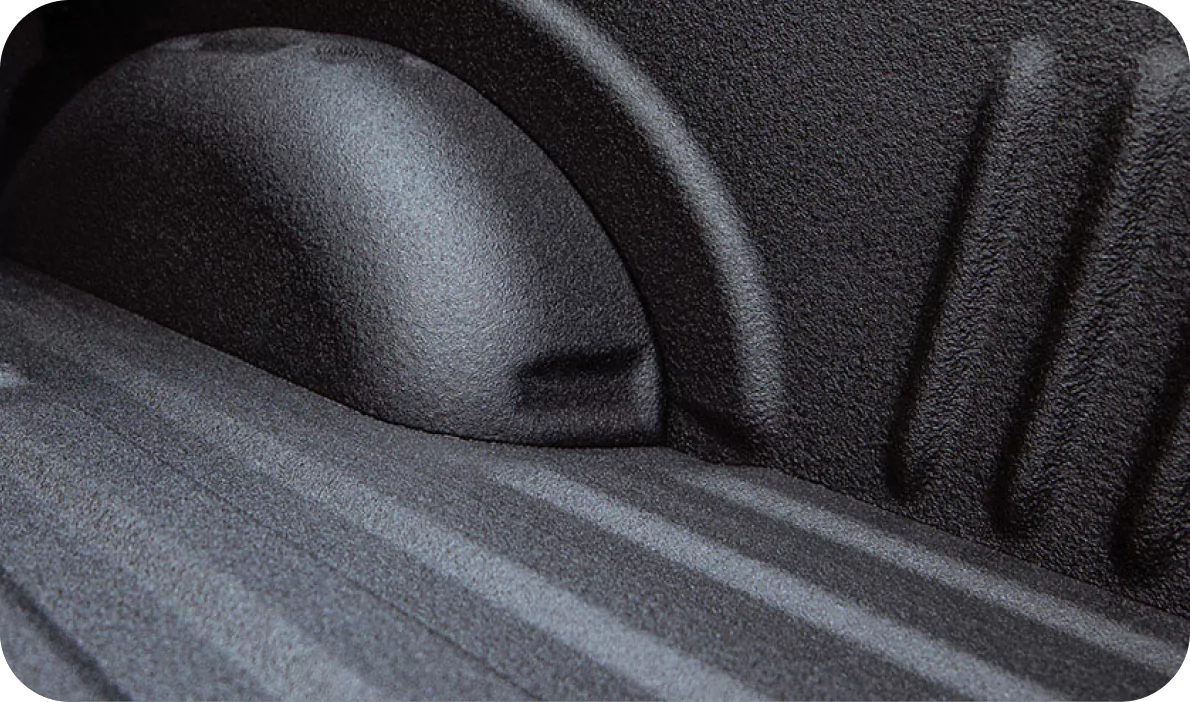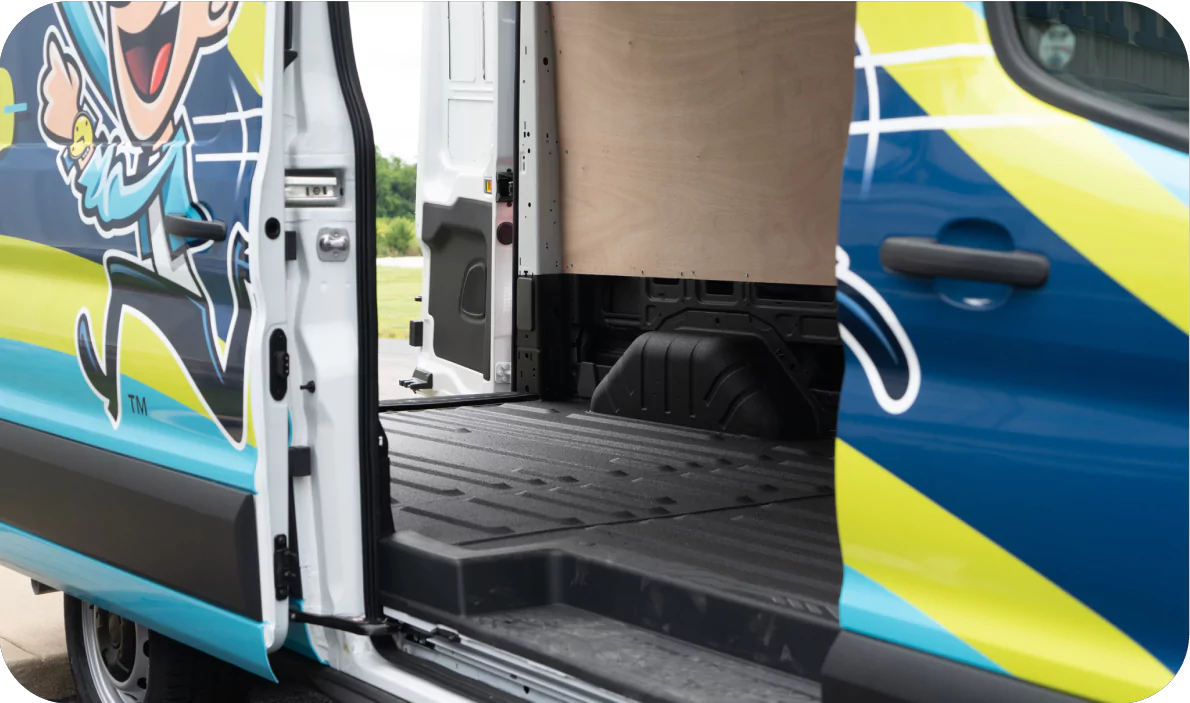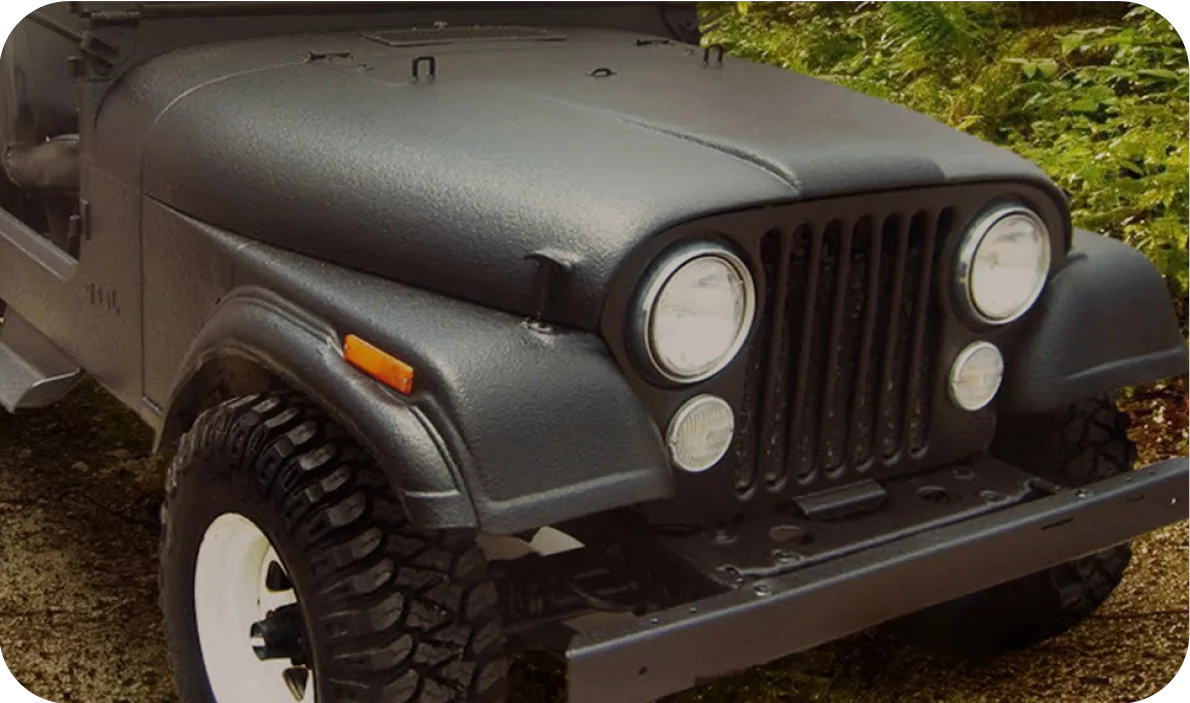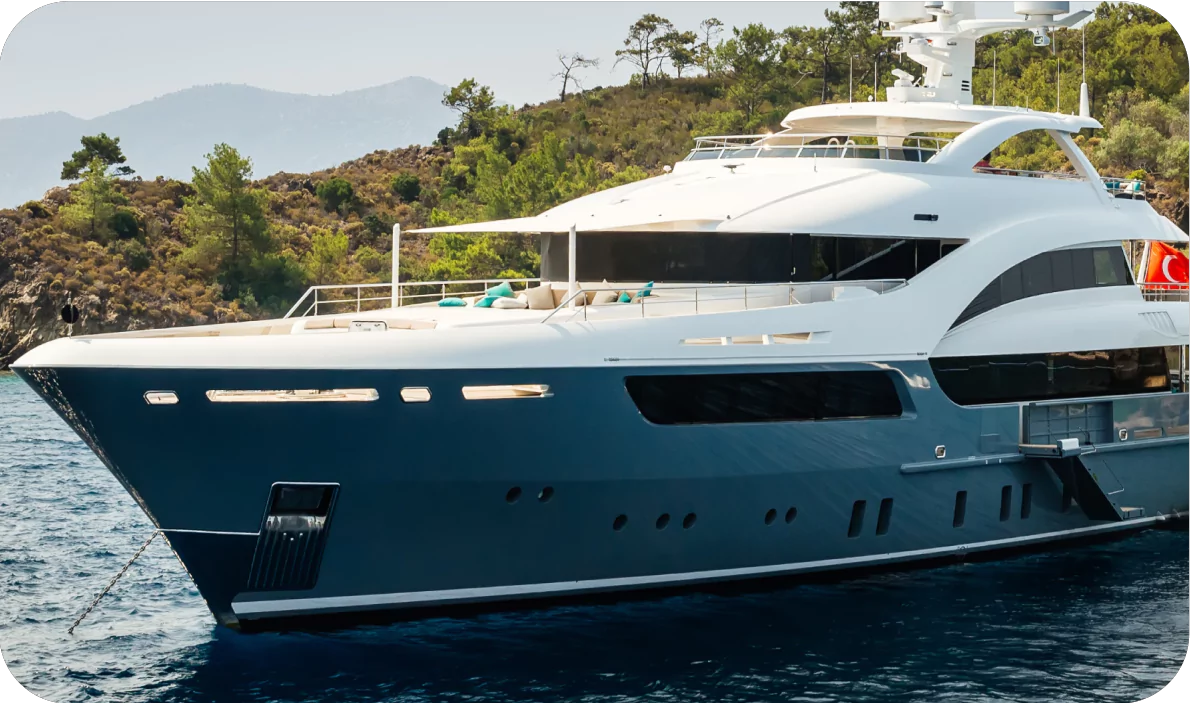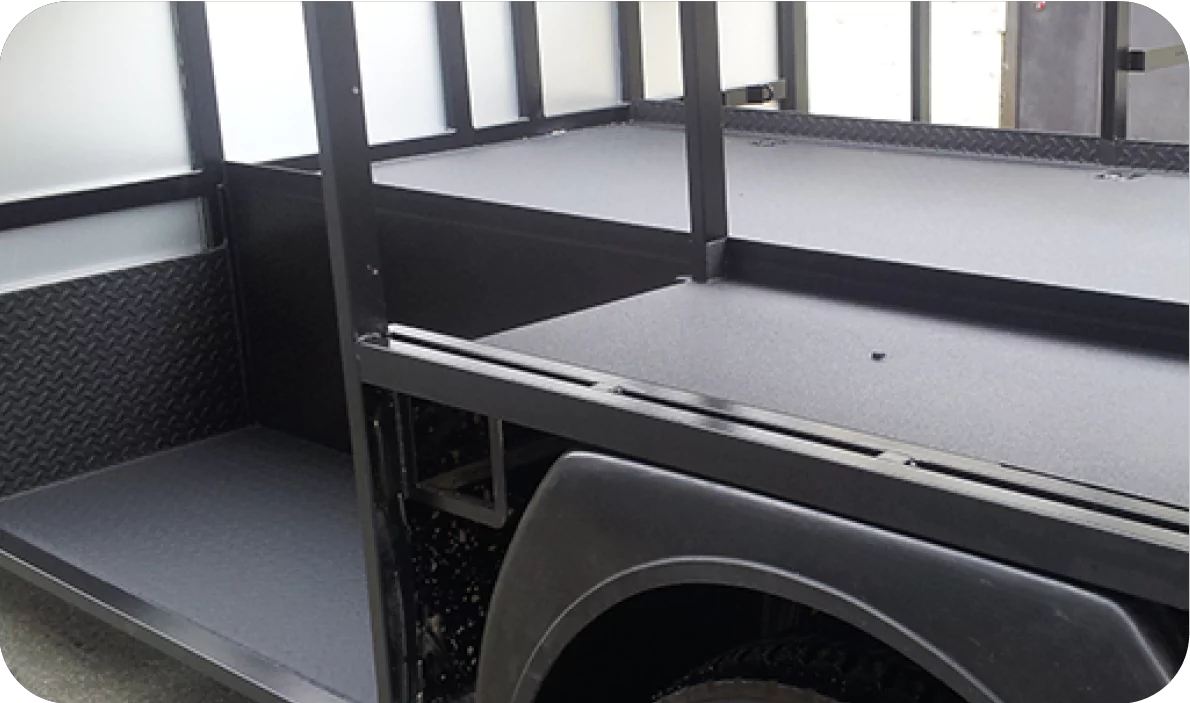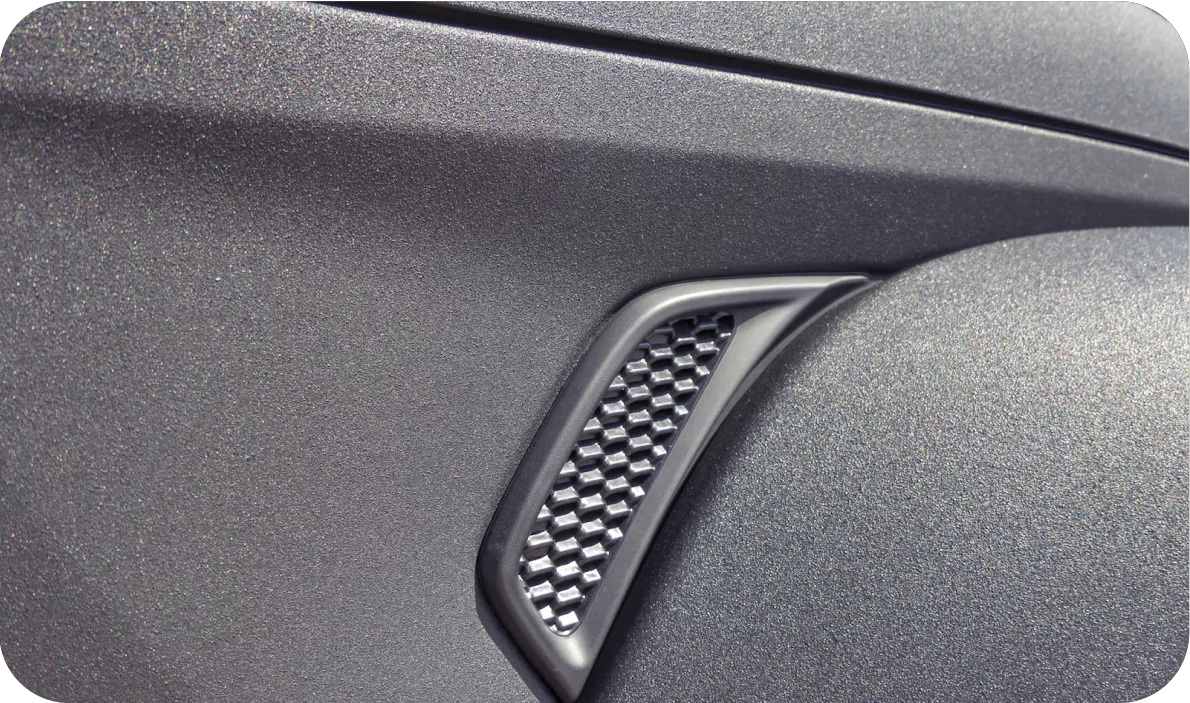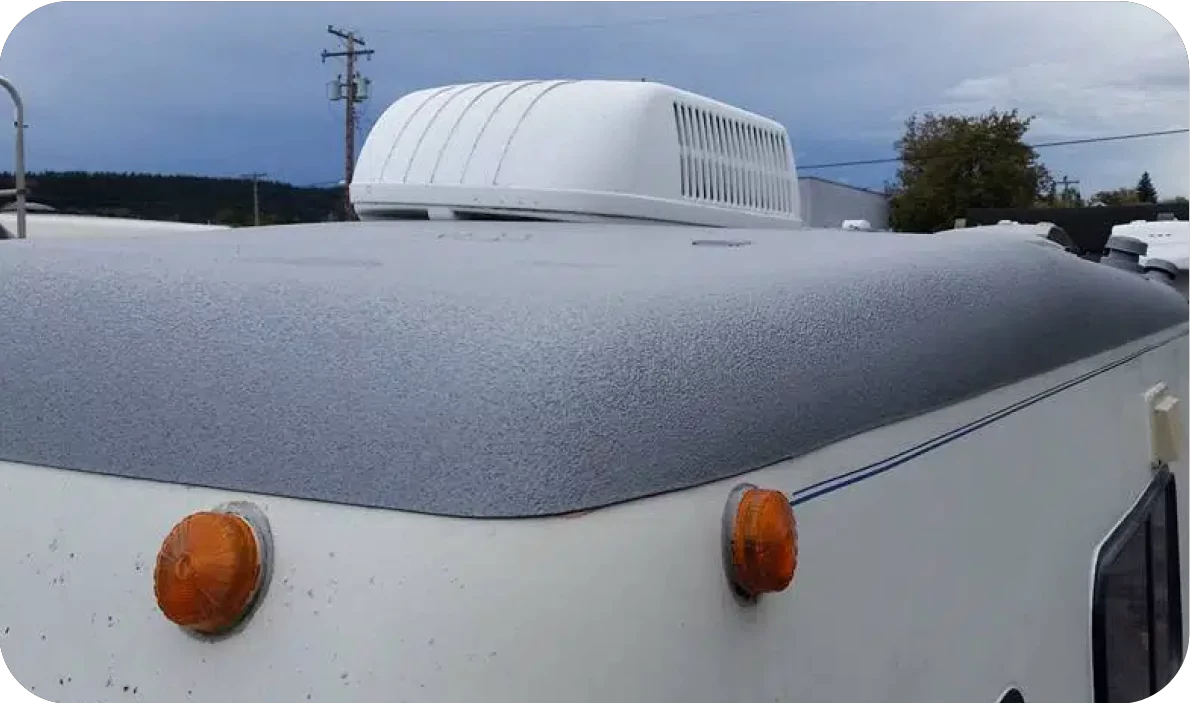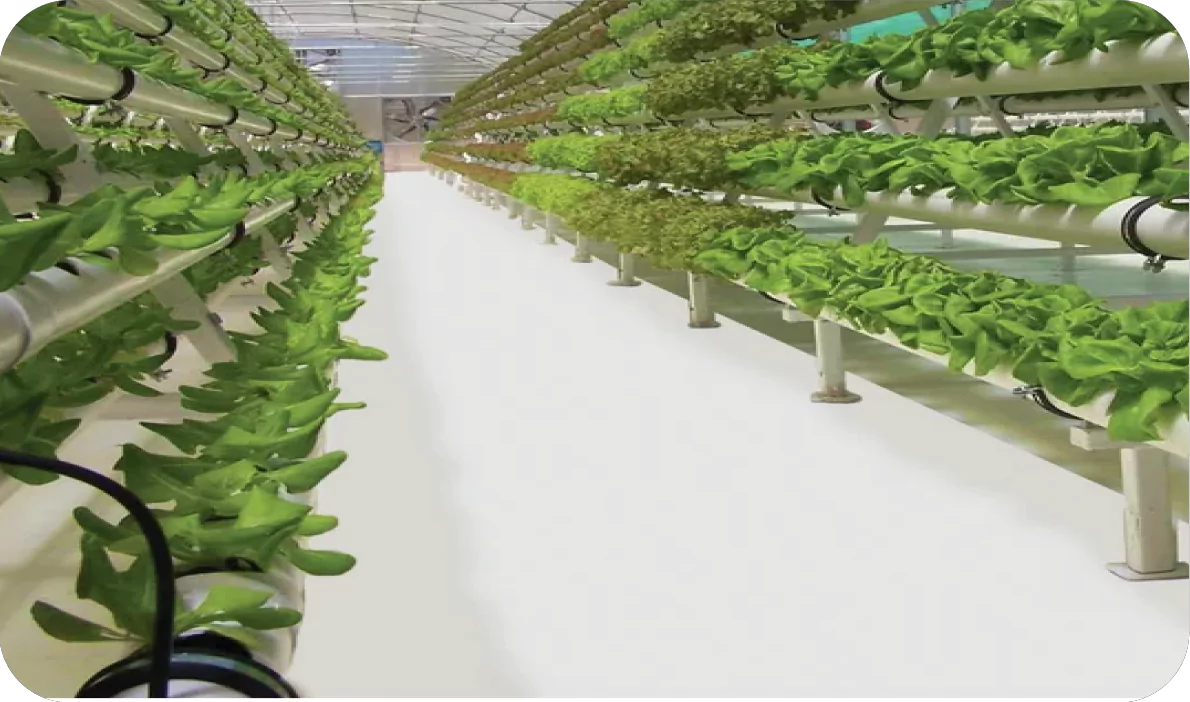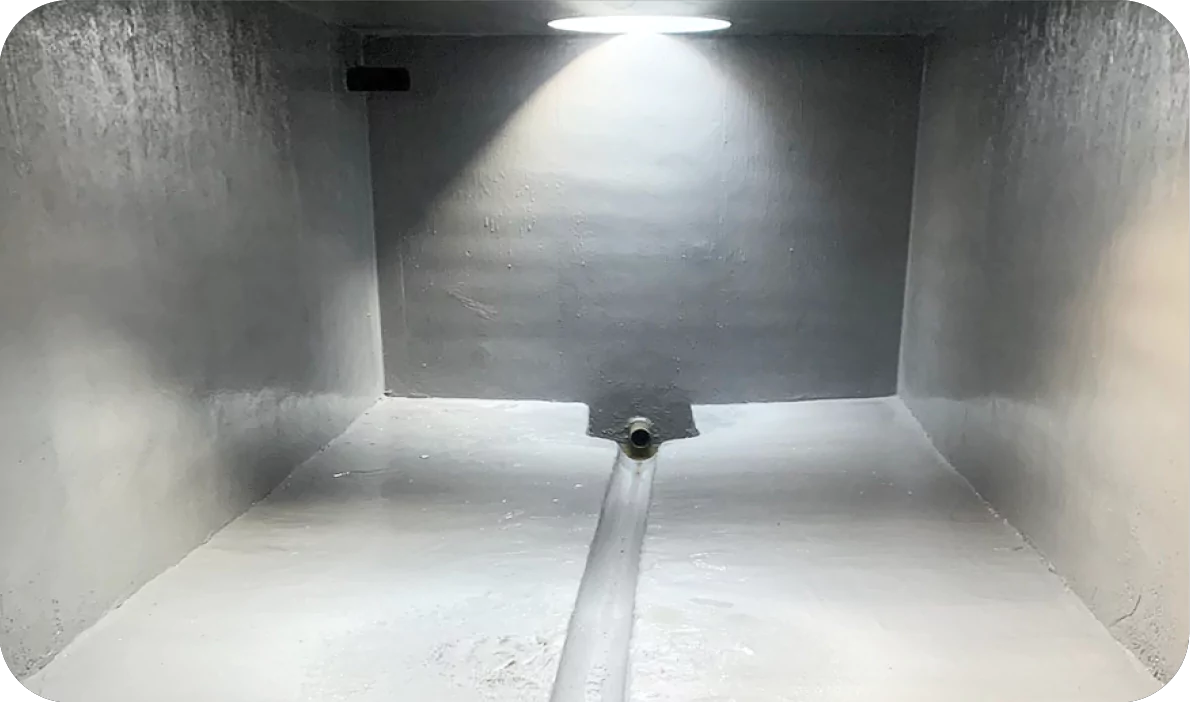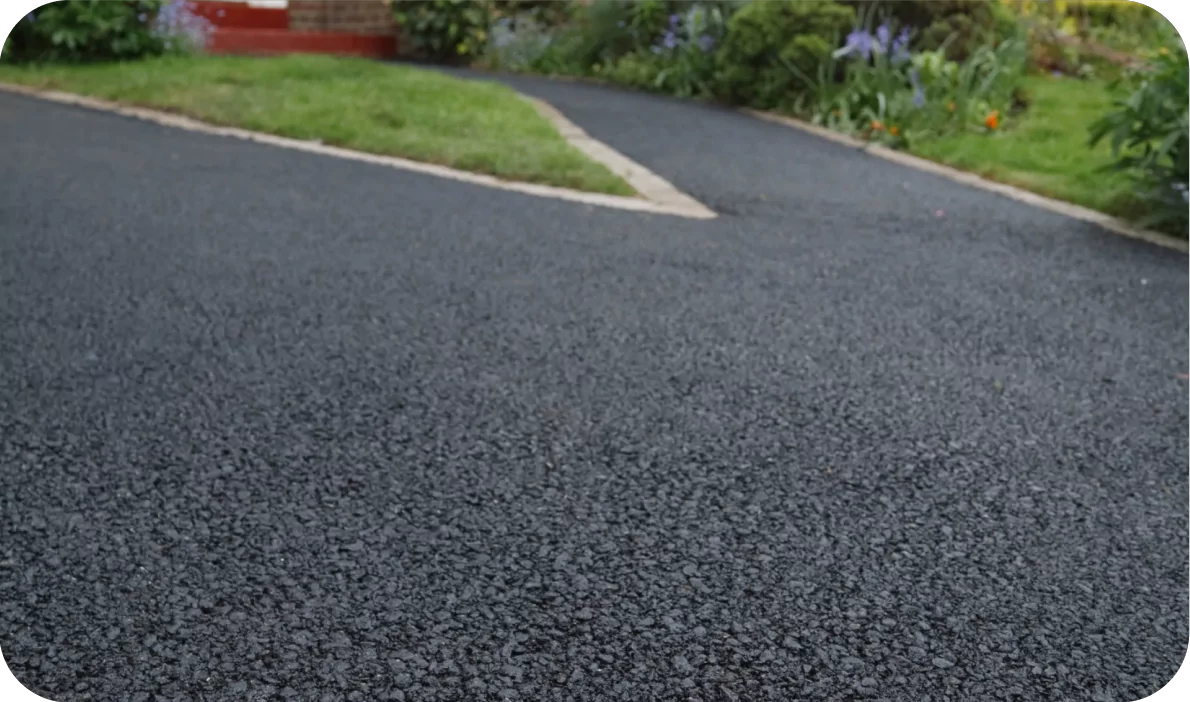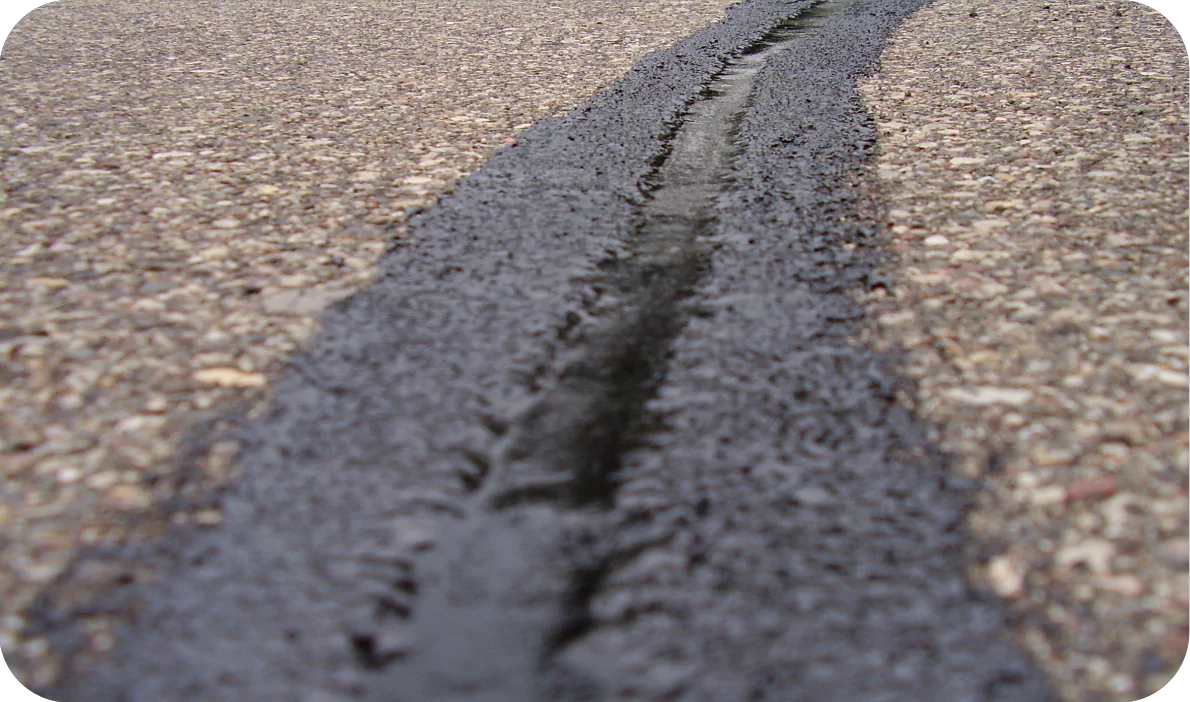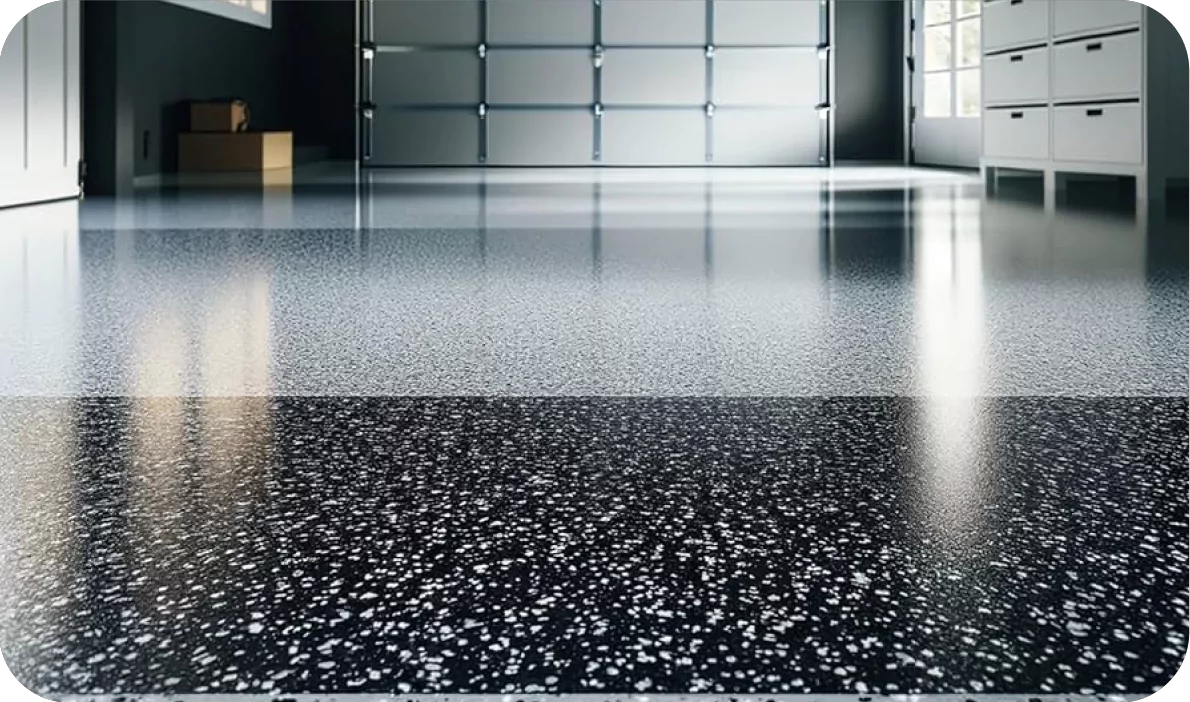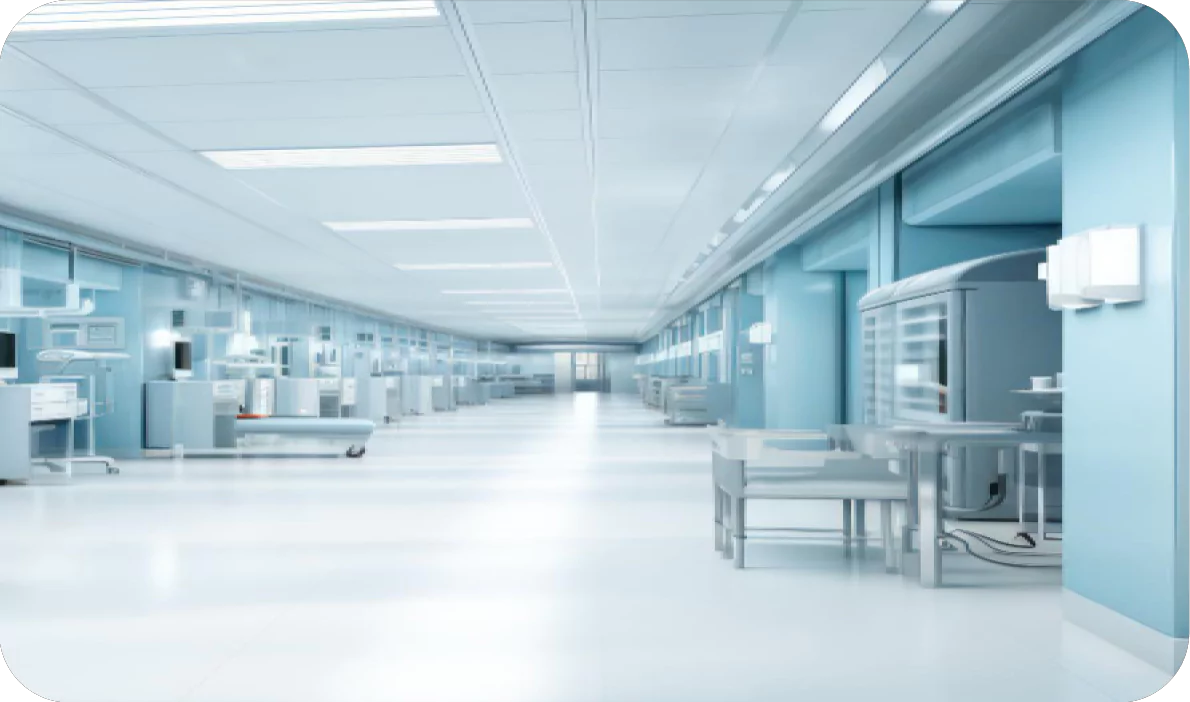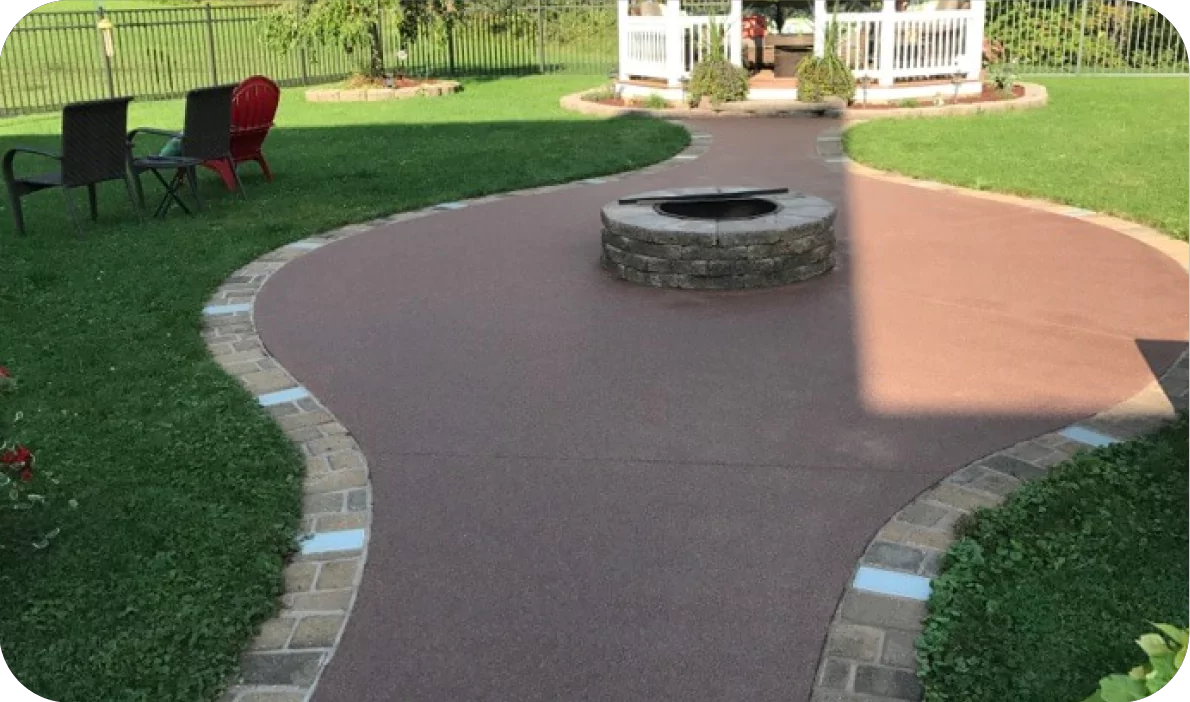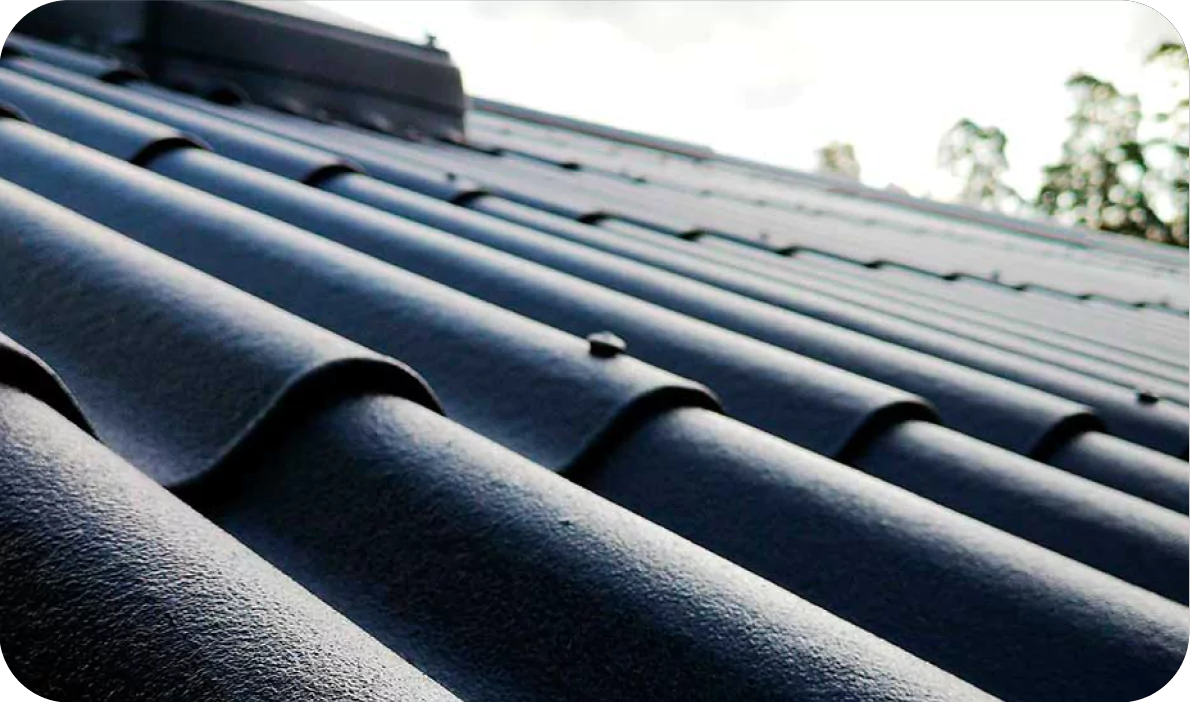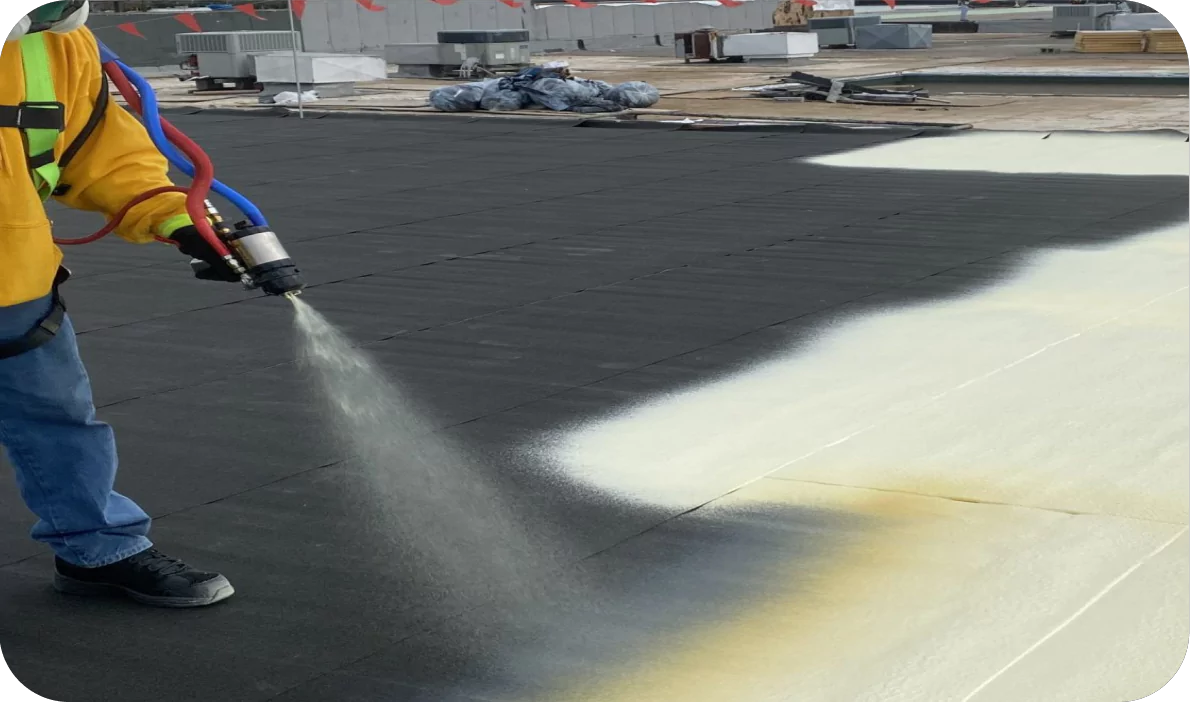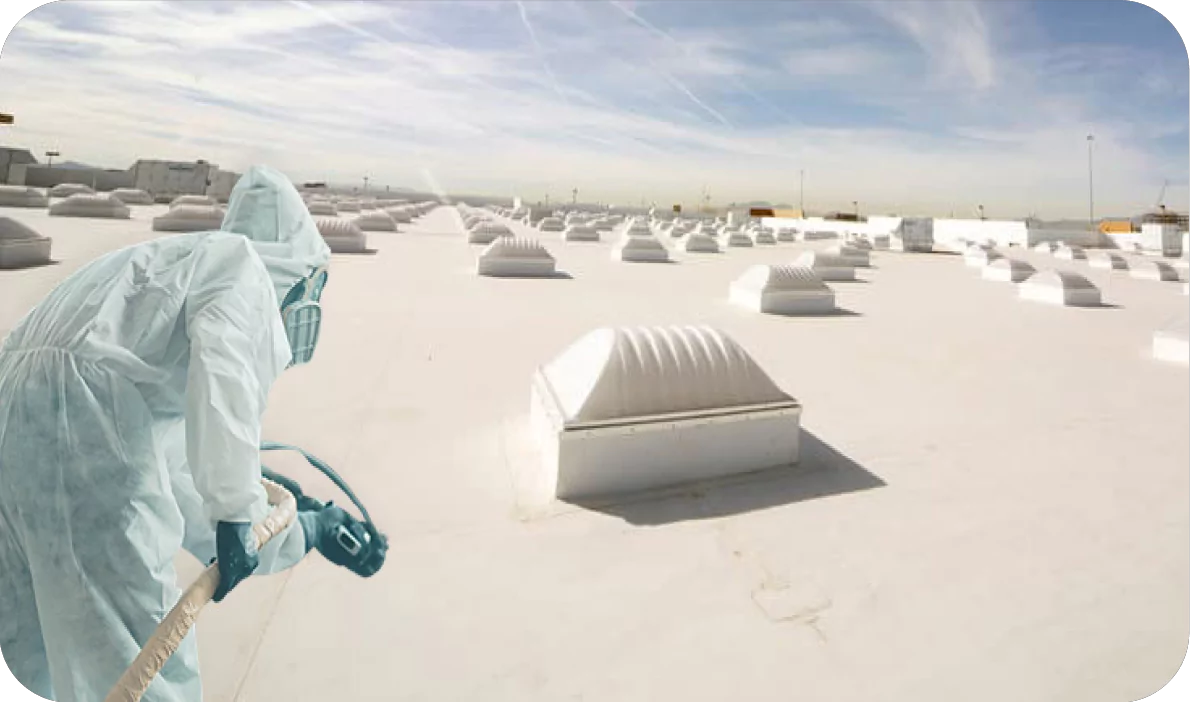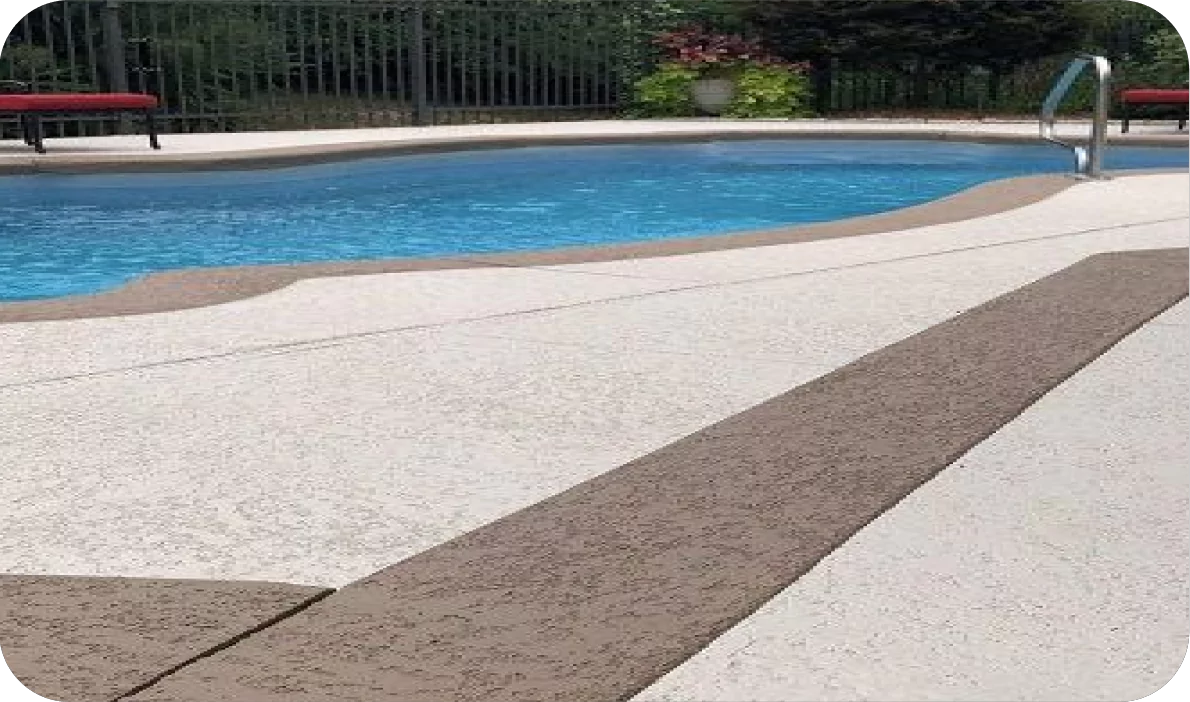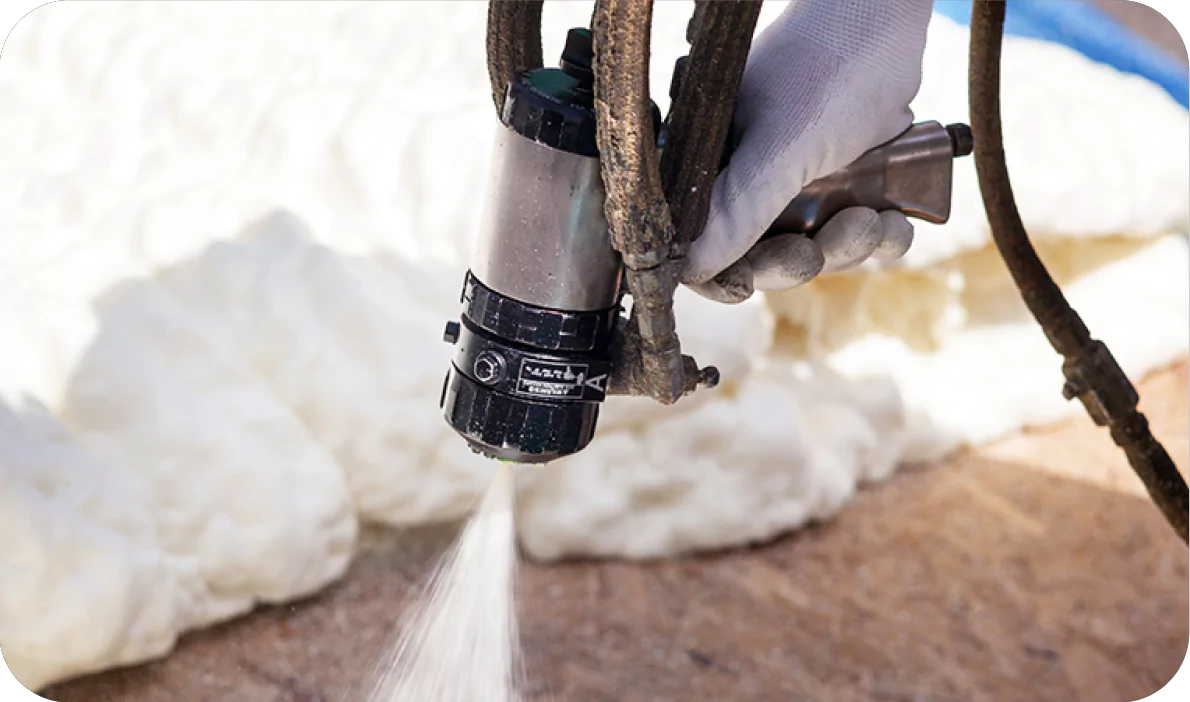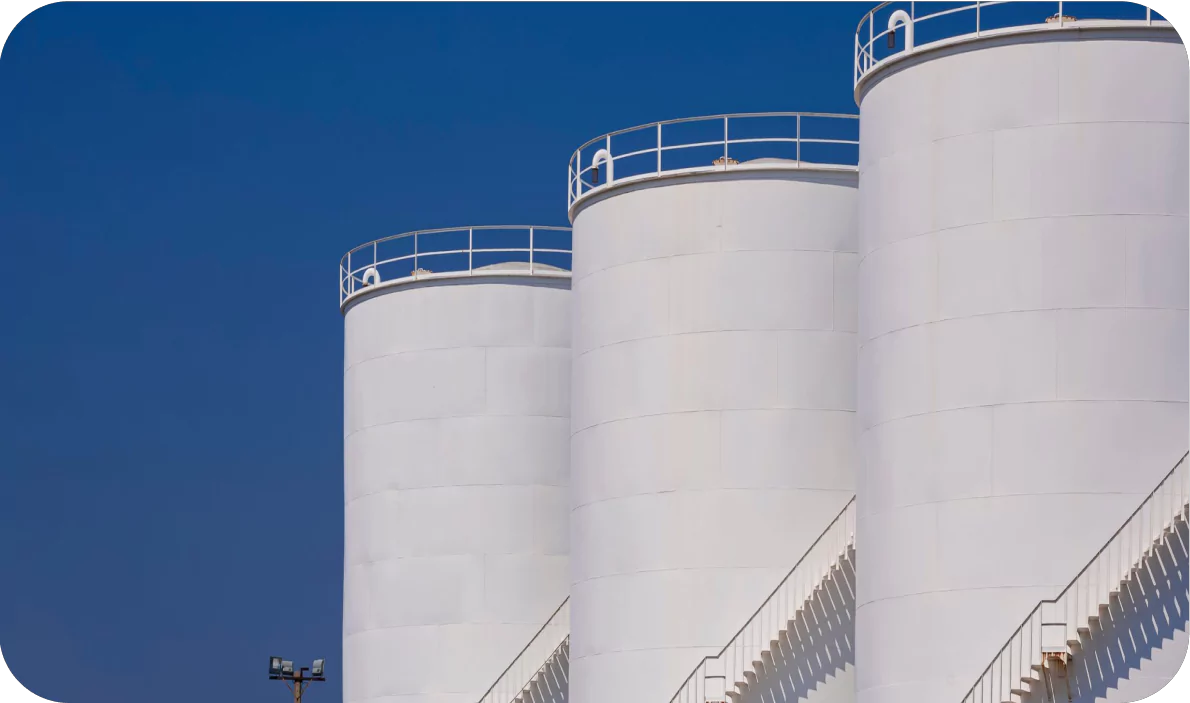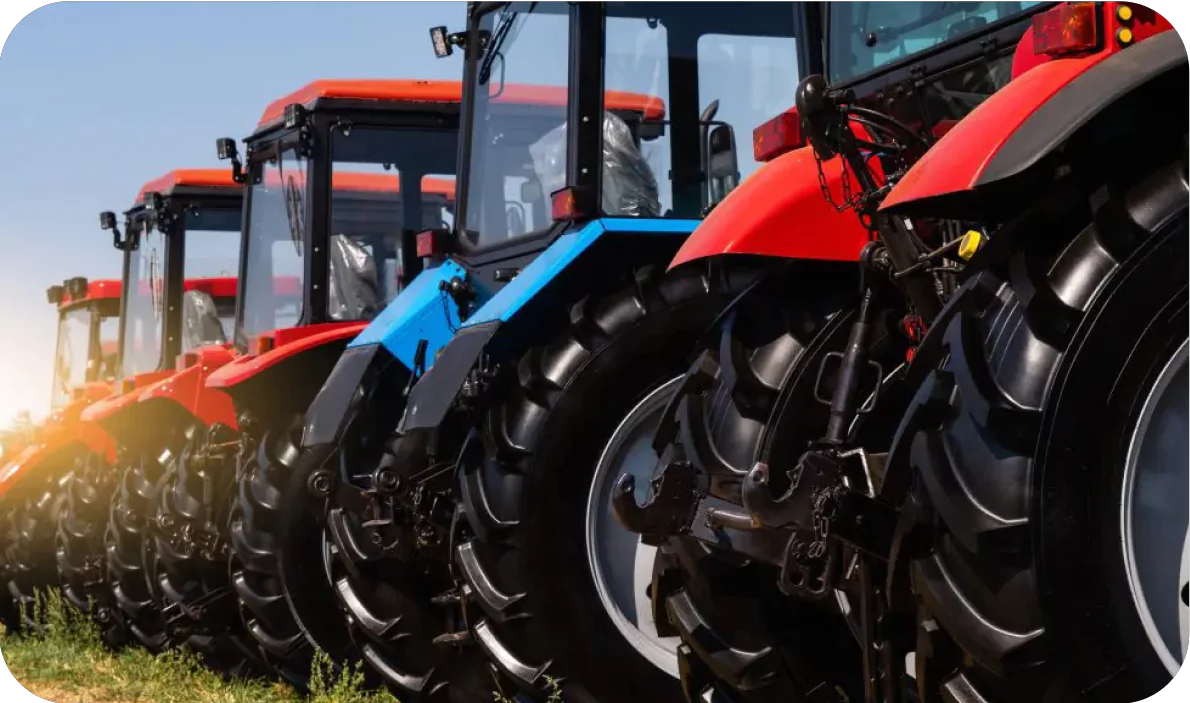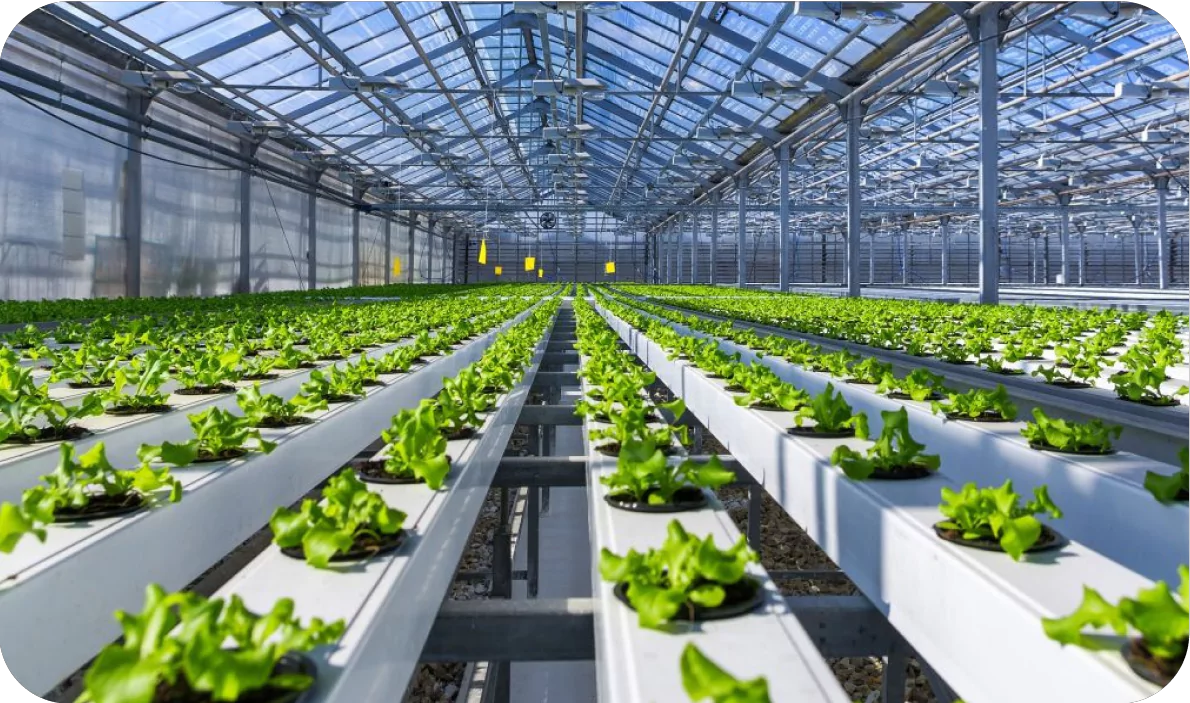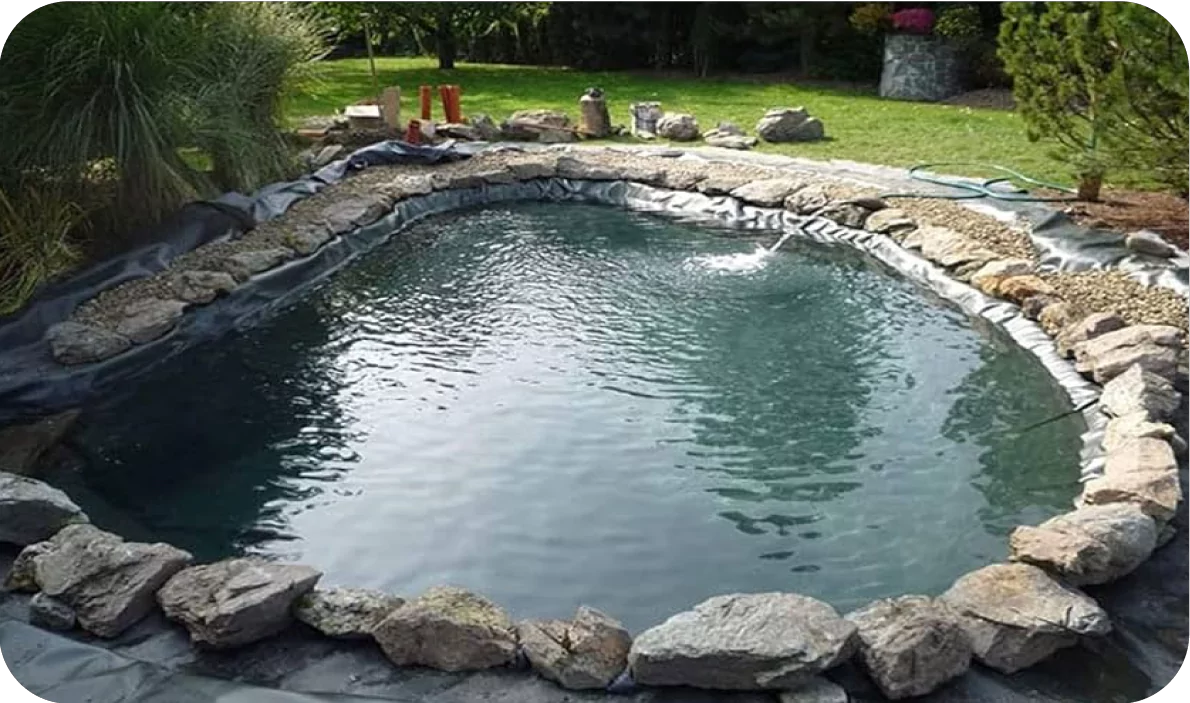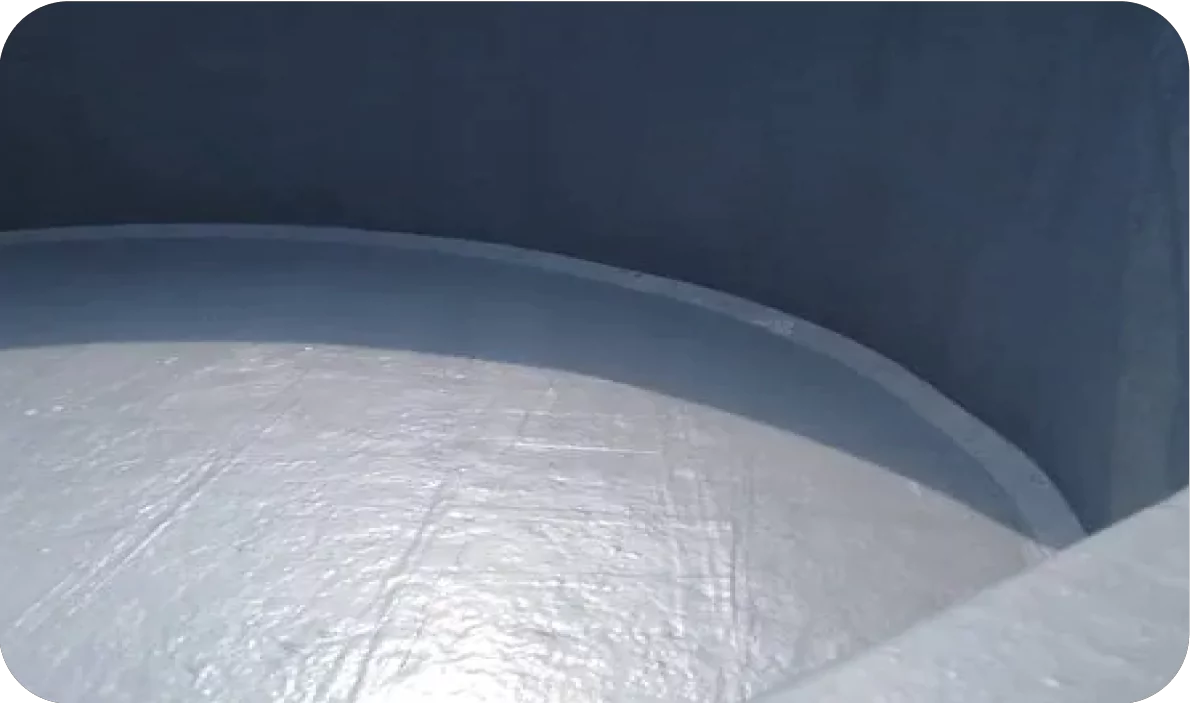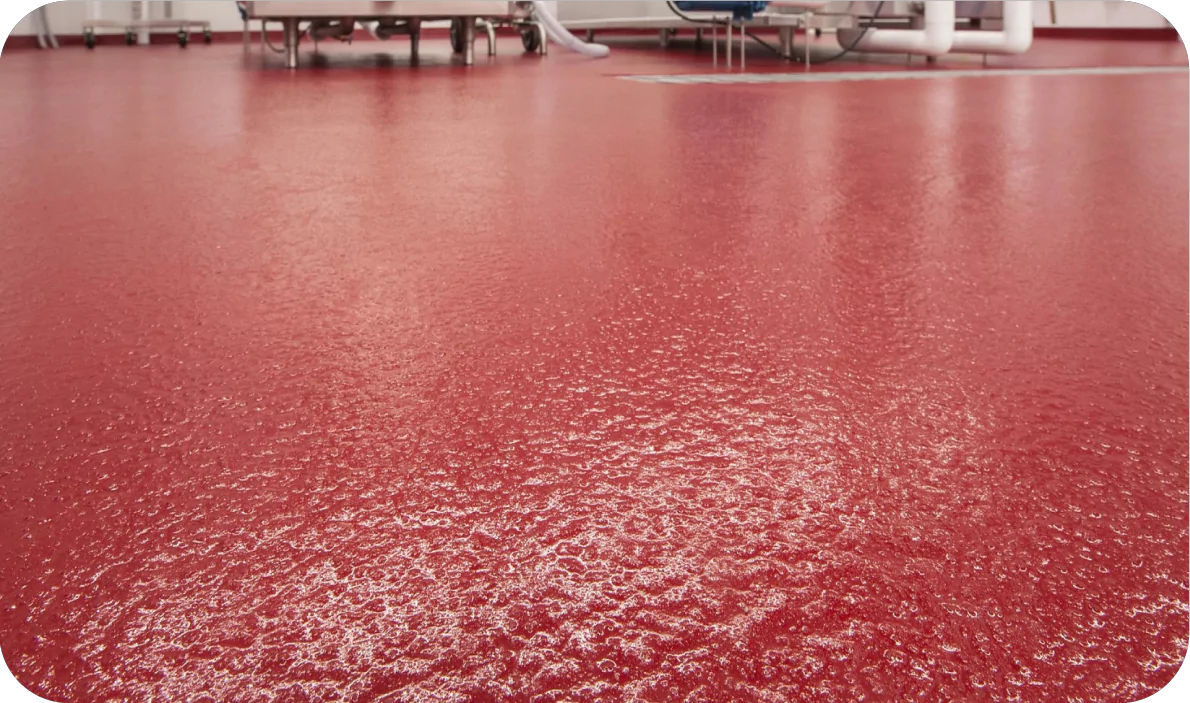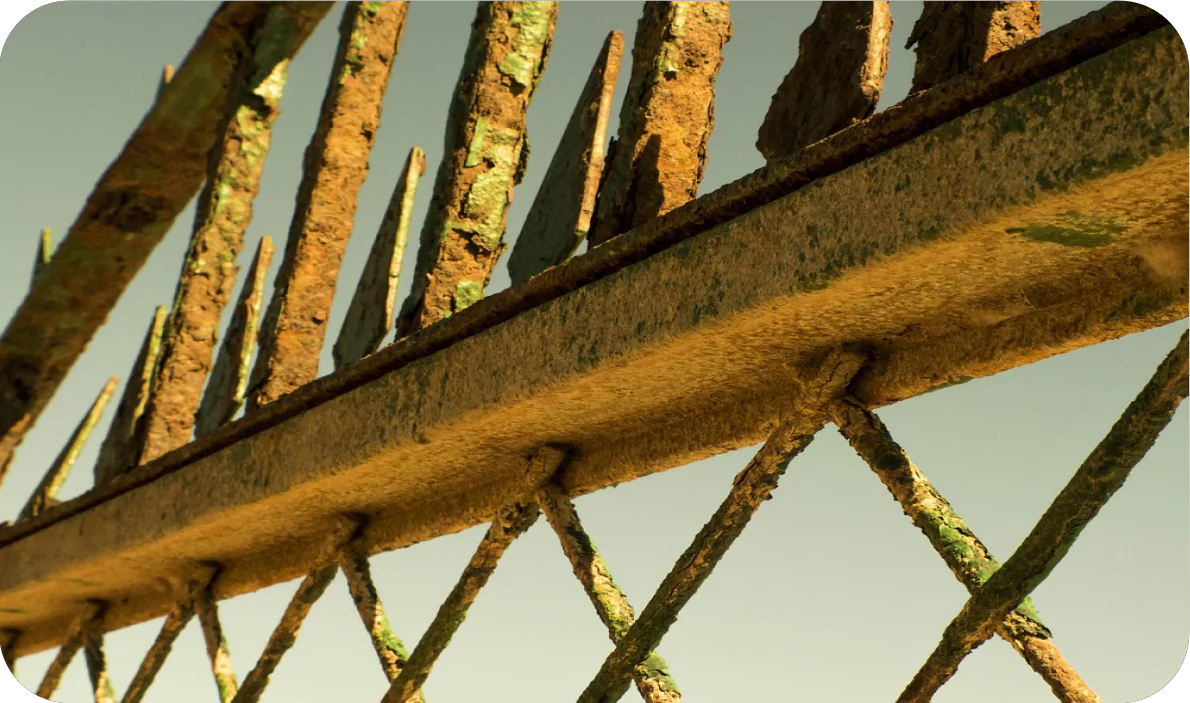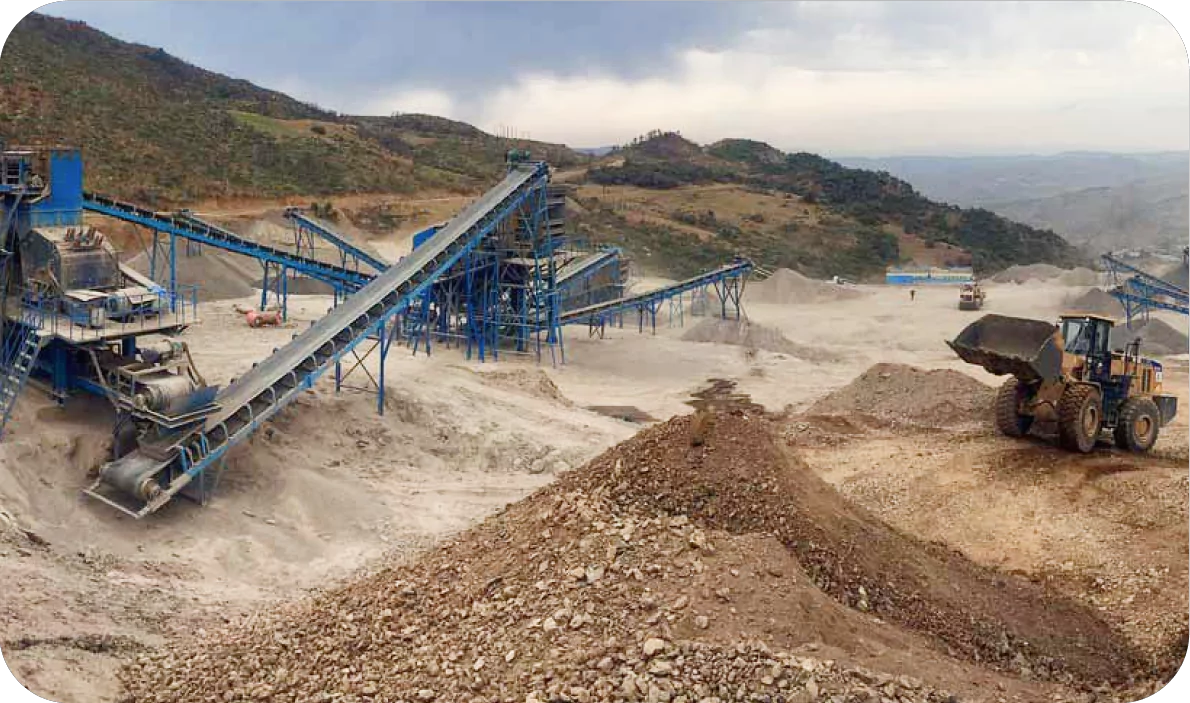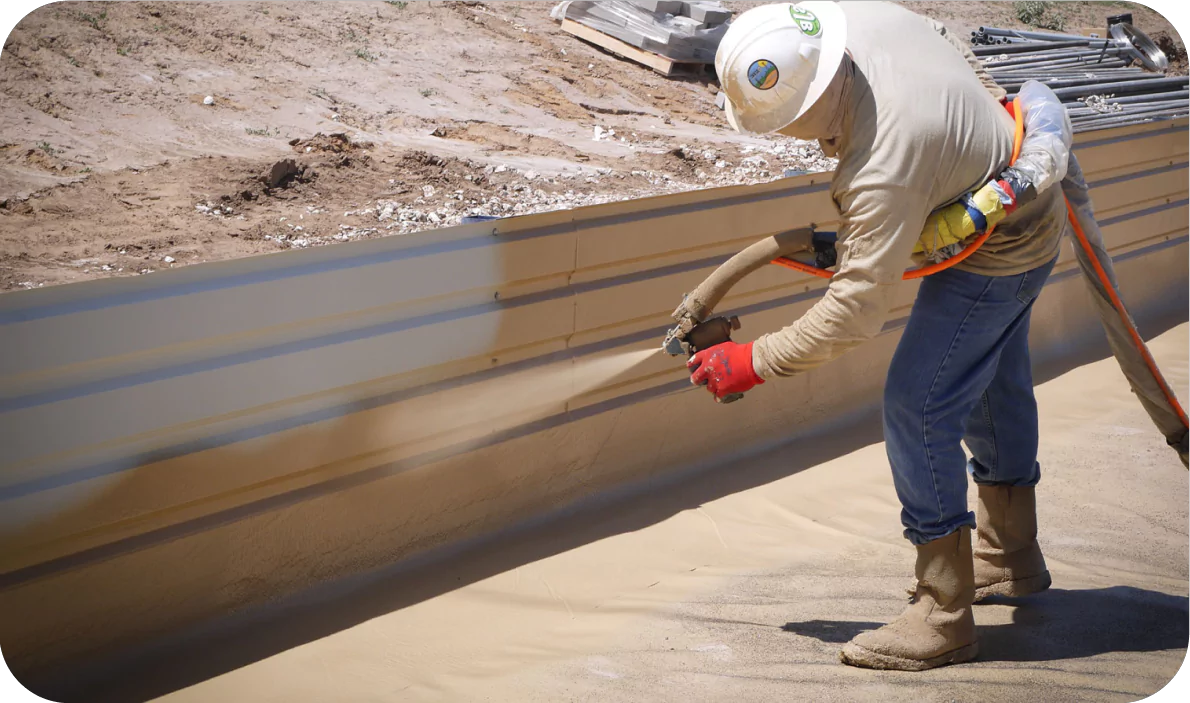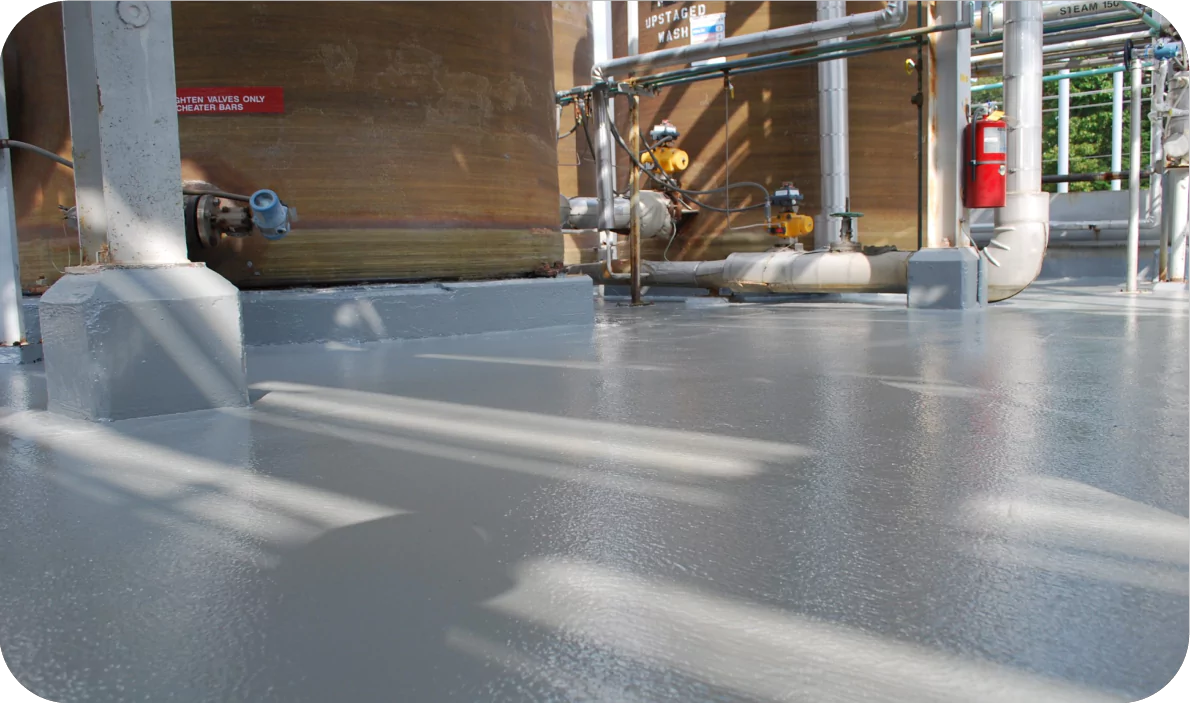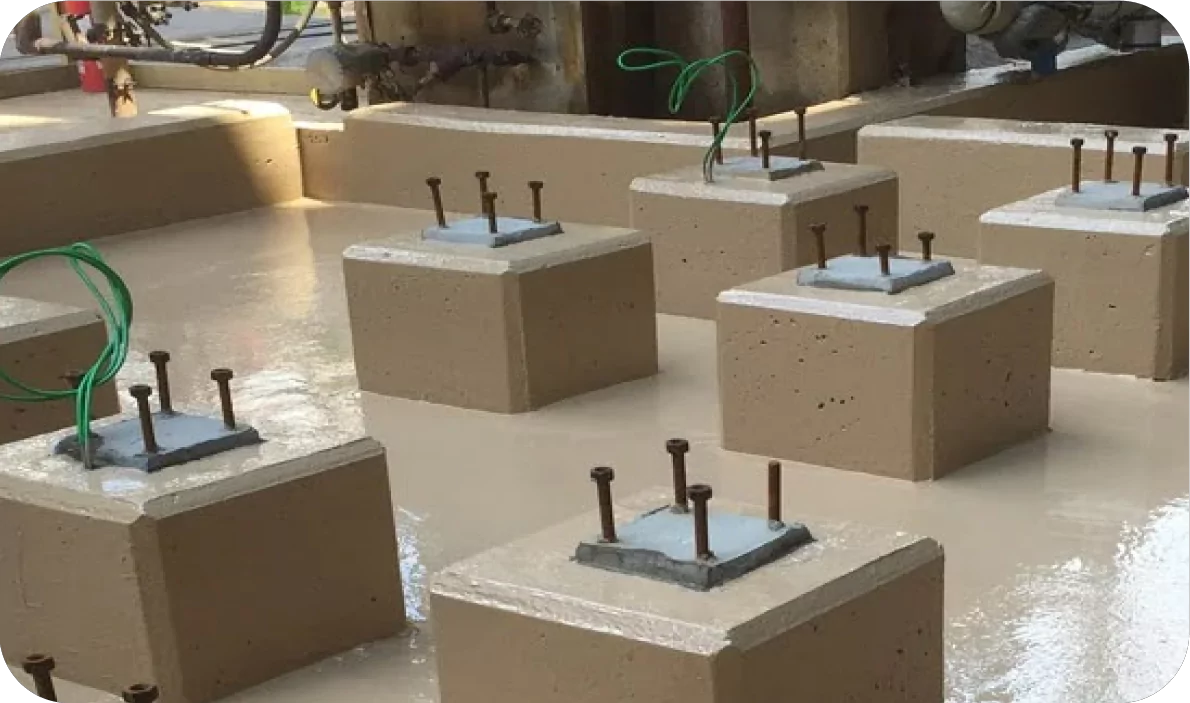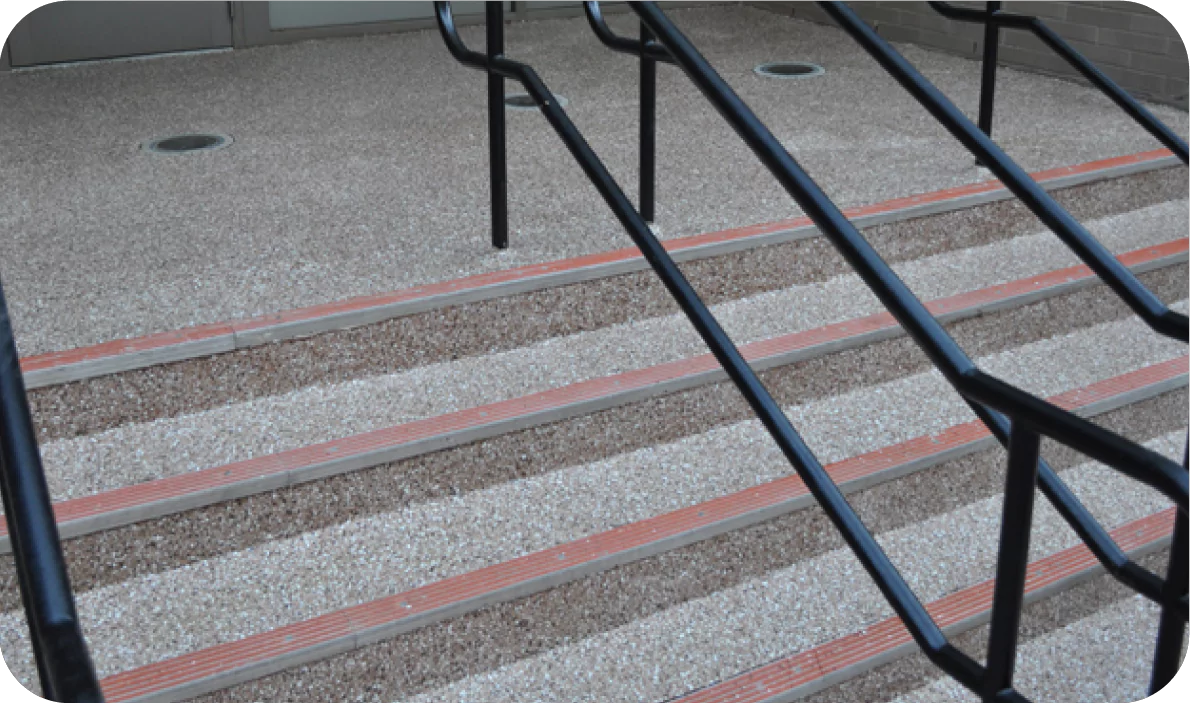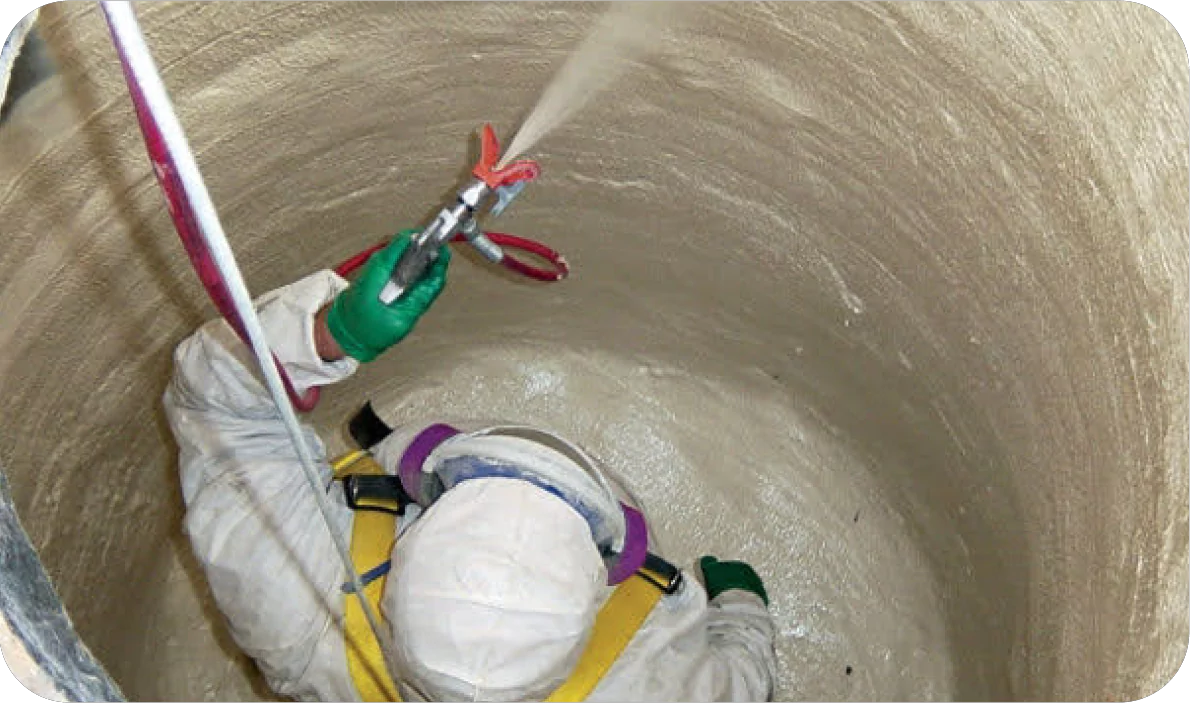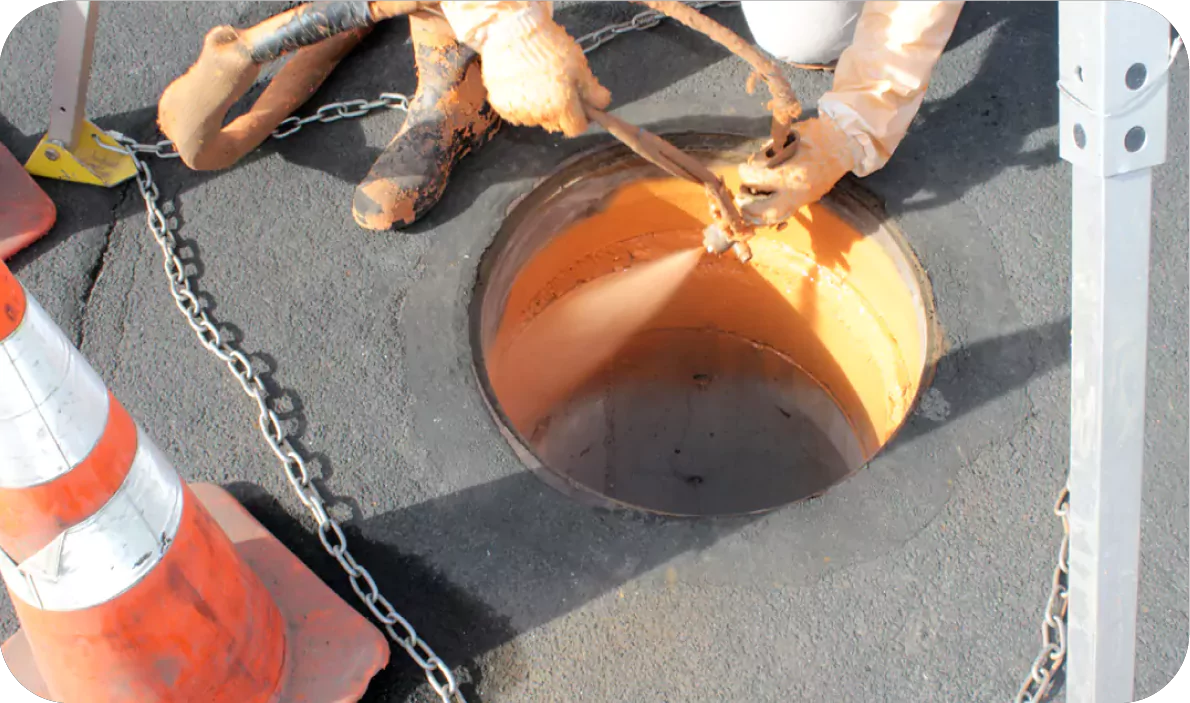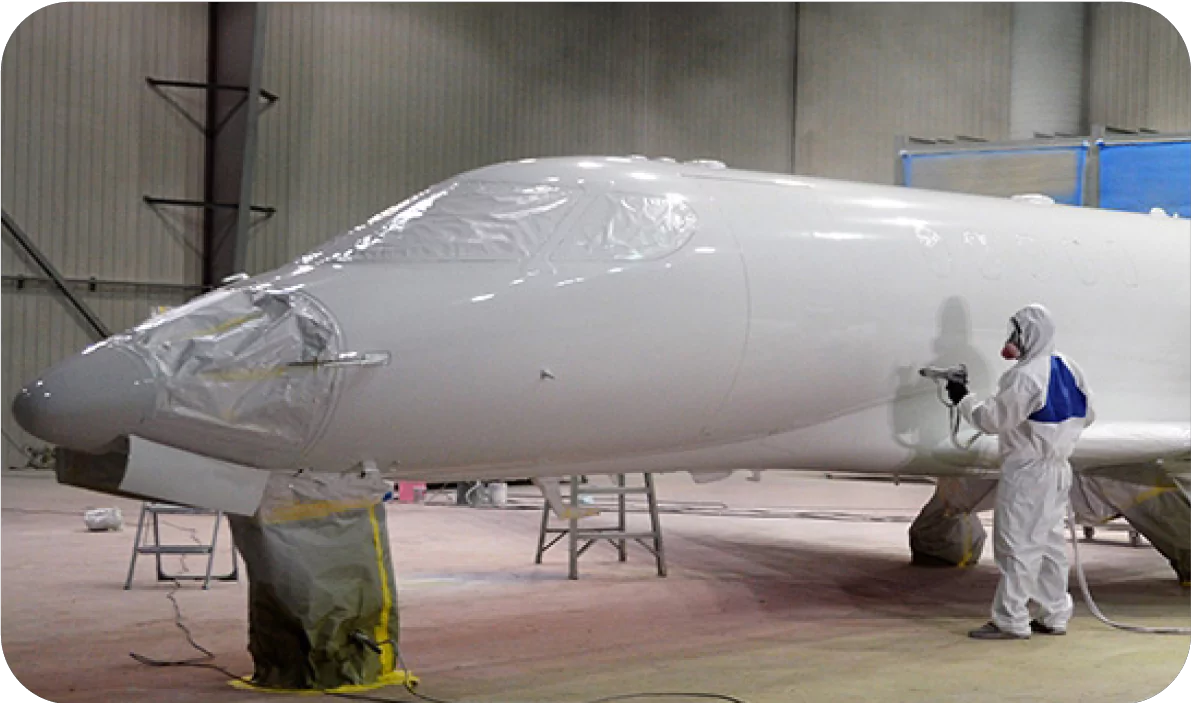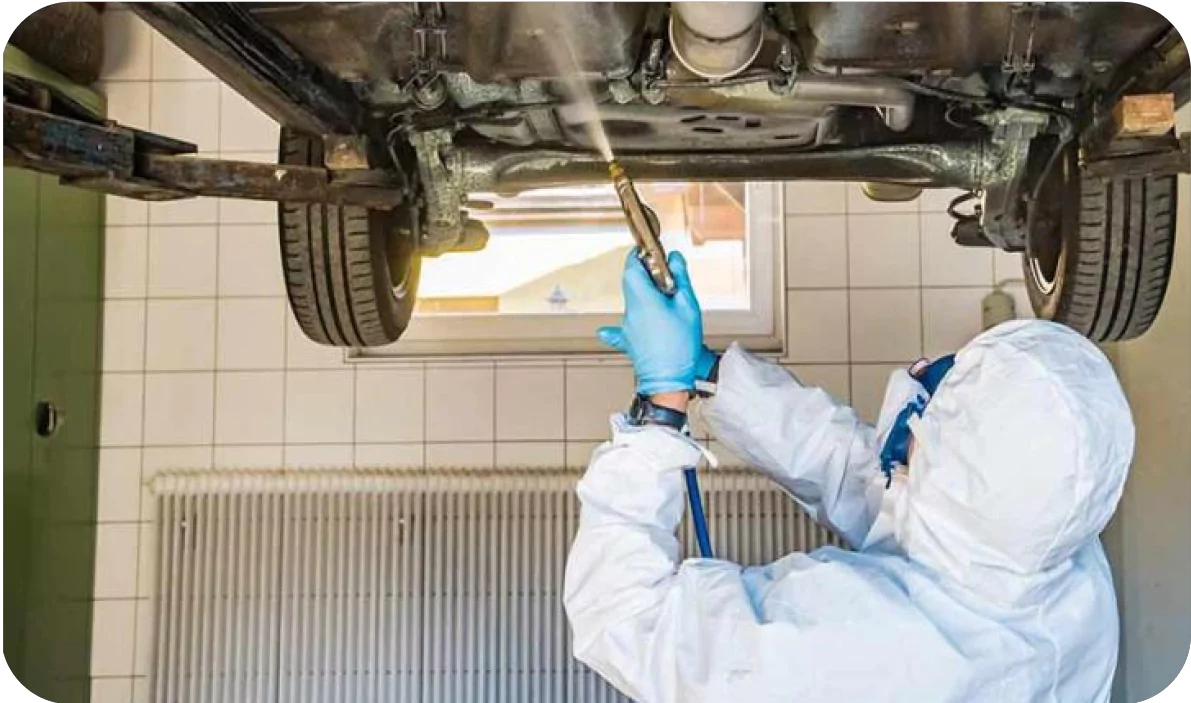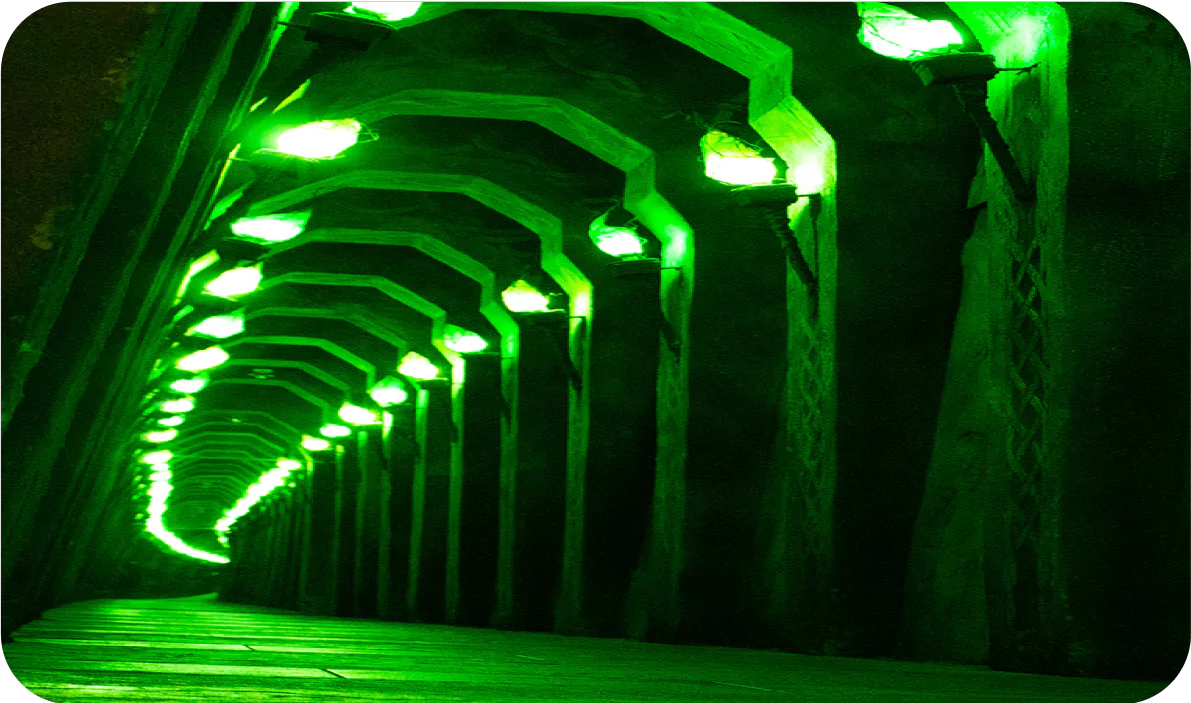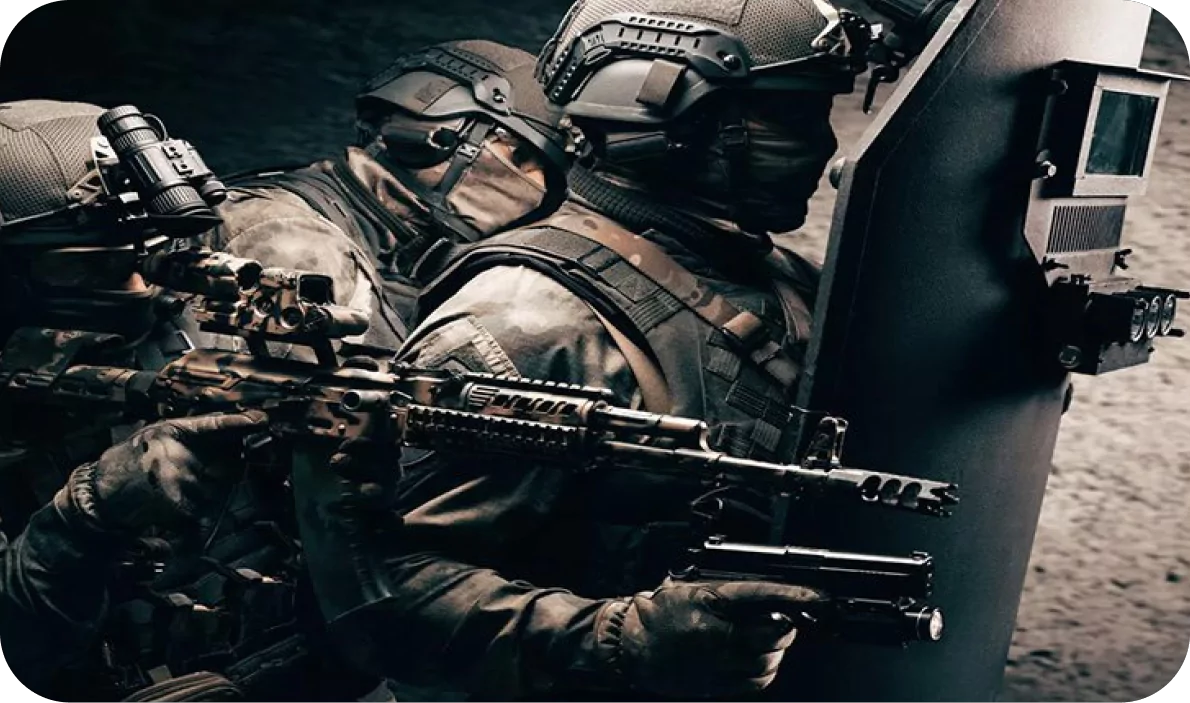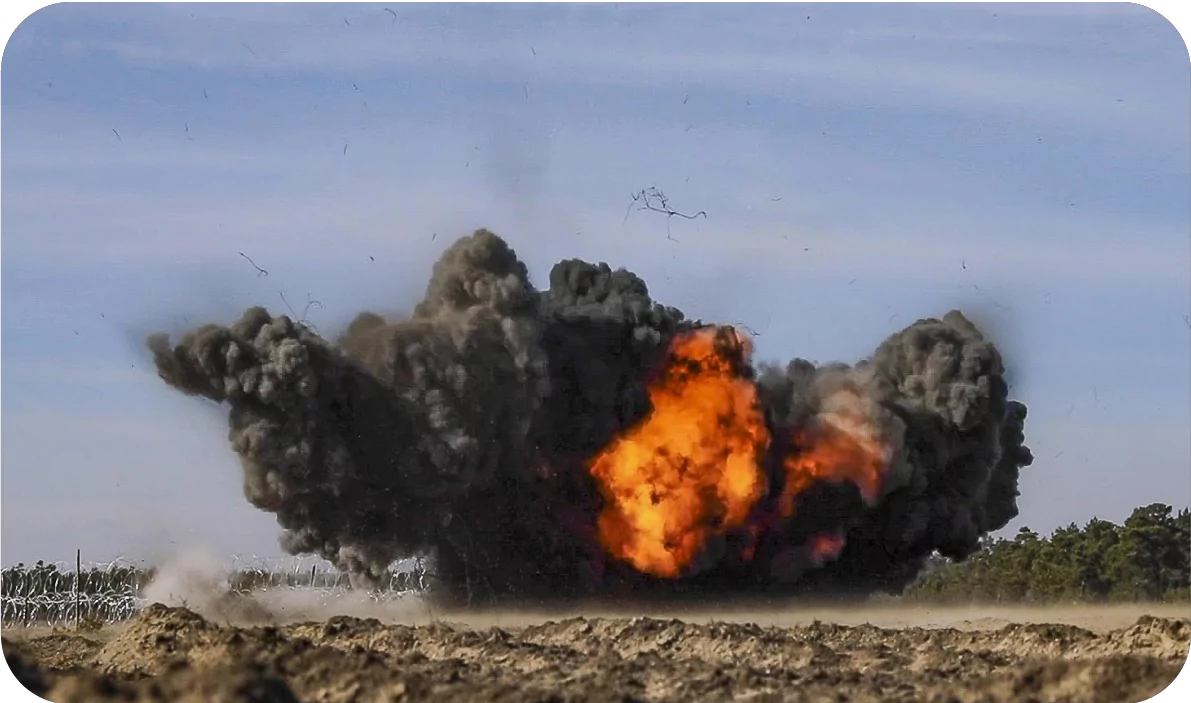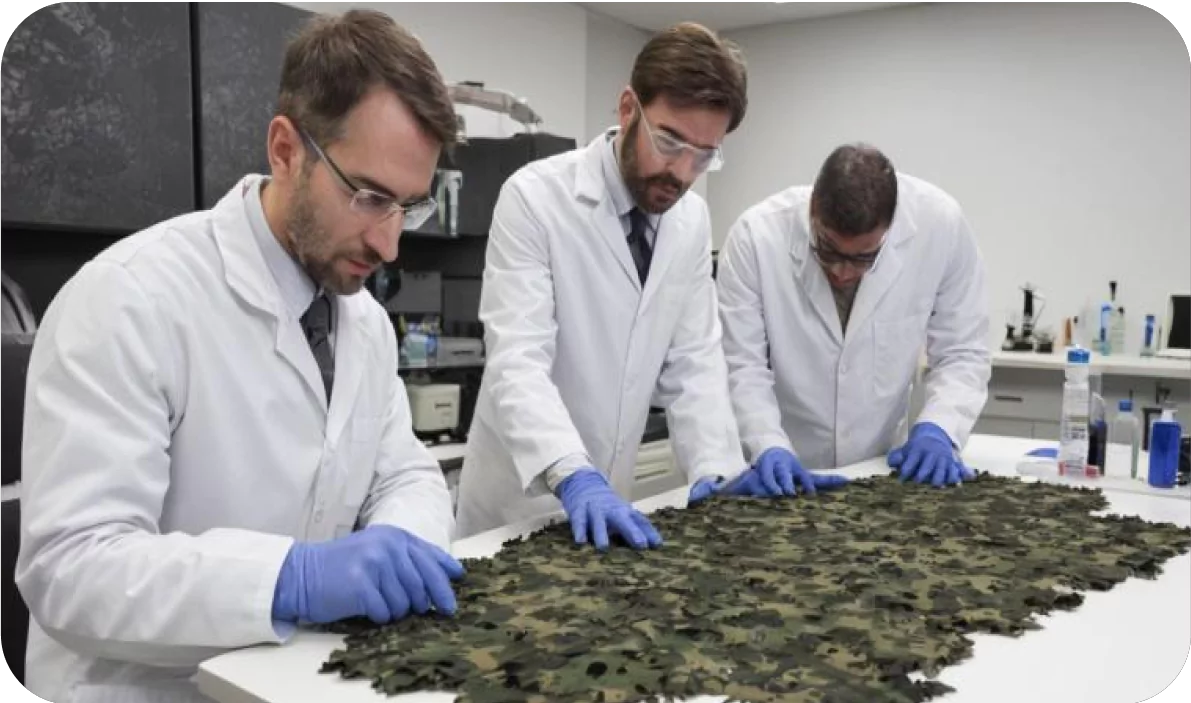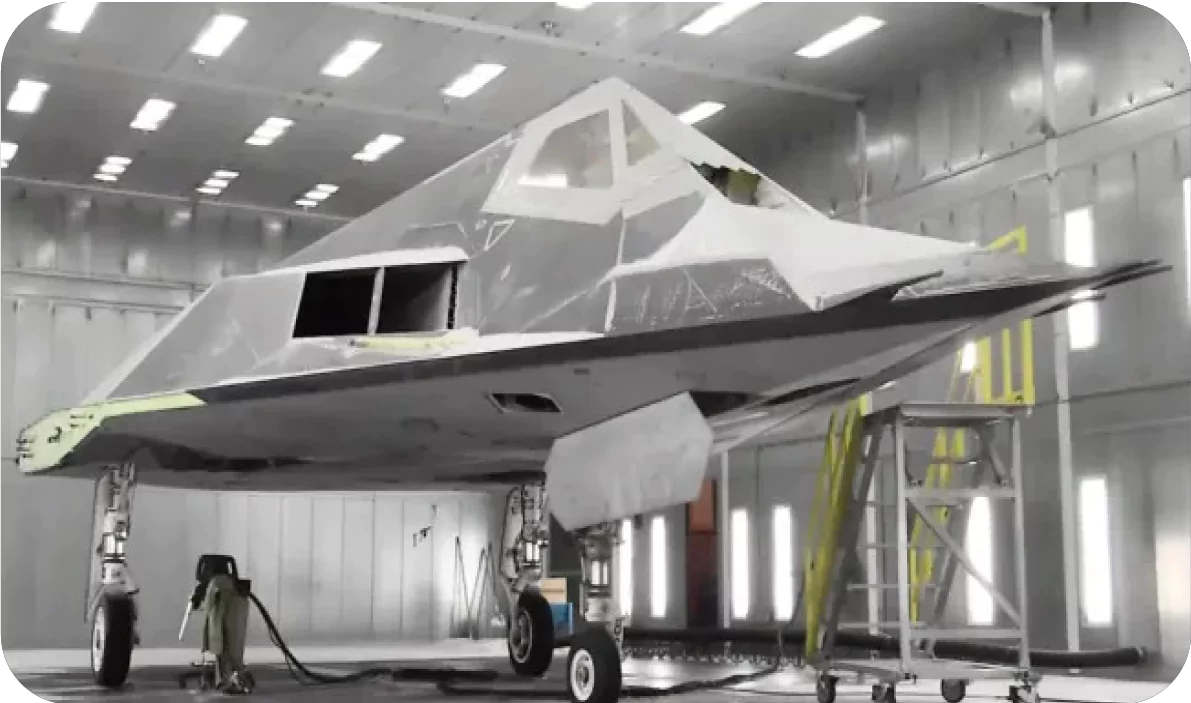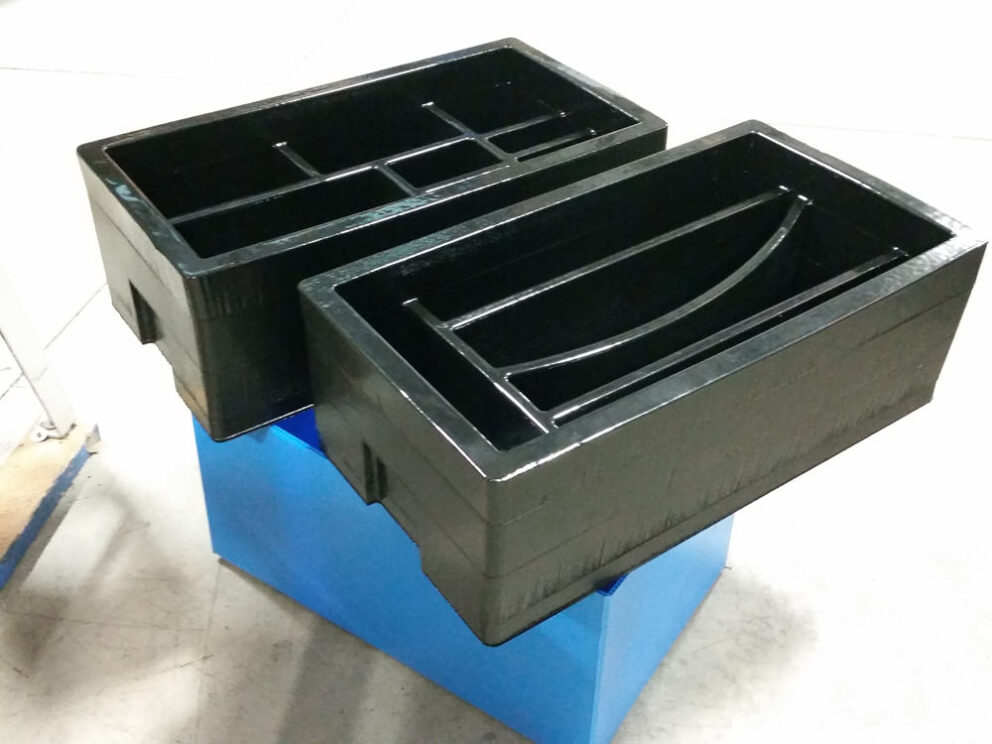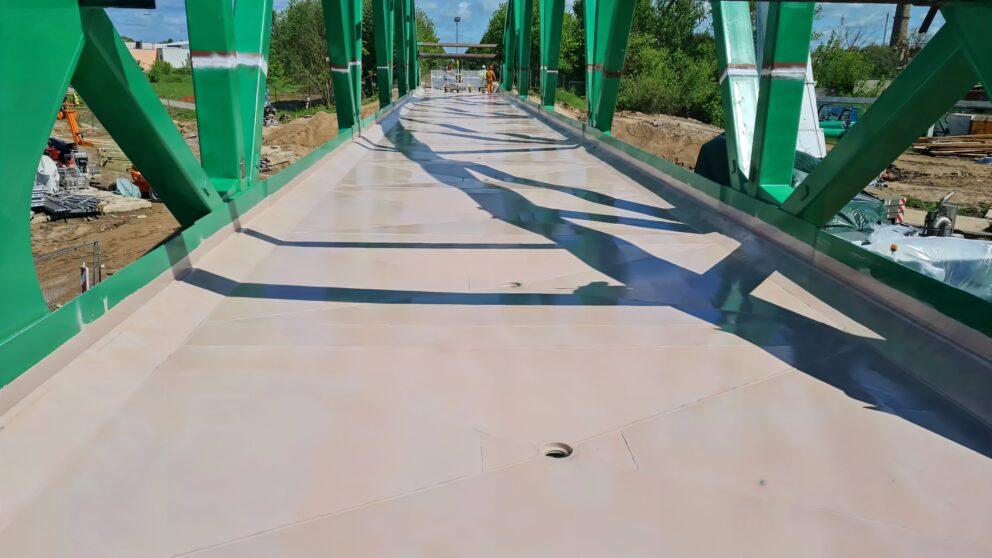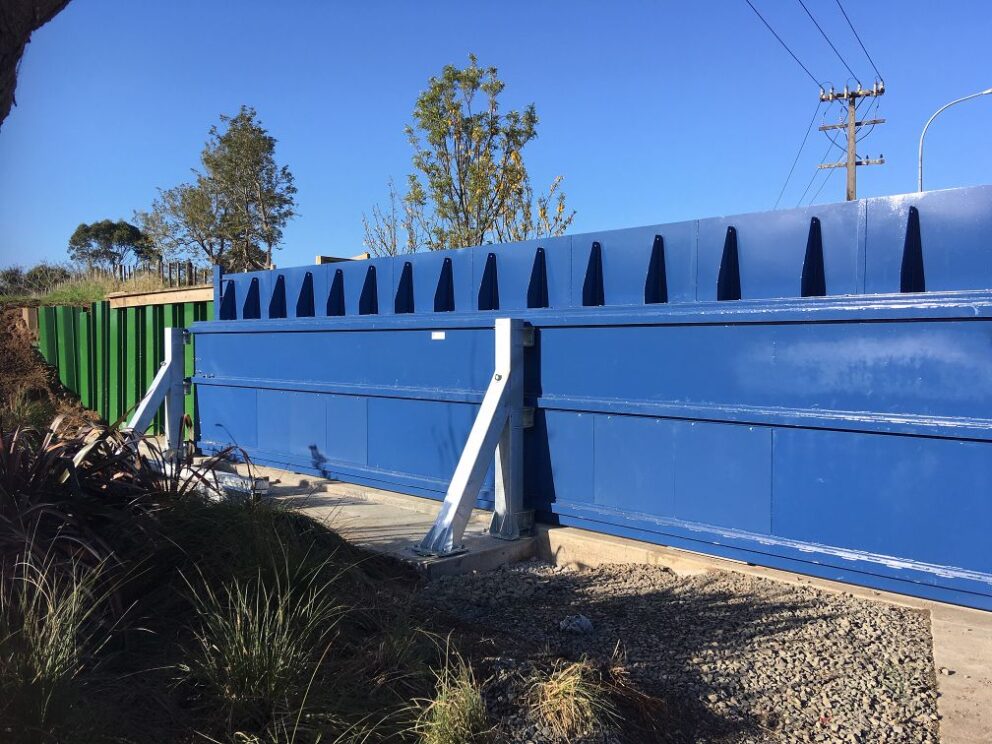POLYUREA KOI PONDS
BUILDING PEACEFUL ESCAPES AT HOME
Amongst the fountains, waterfalls, and swimming pools, there’s one type of water feature that’s prized above the rest and famous for its cross cultural symbolism. This water feature is the koi pond, a historically Japanese tradition that’s now internationally synonymous with peace and tranquillity as well as luxury and prestige. Their status and the more practical aspects of building and maintaining a koi pond do, however, mean that they can be challenging to construct and maintain for the long-term benefit of both you and your koi. Koi ponds must thus be carefully designed and robustly constructed if they’re to exist as serene escapes instead of your newest source of headaches and the best way to secure the former is with polyurea spray elastomer technology.
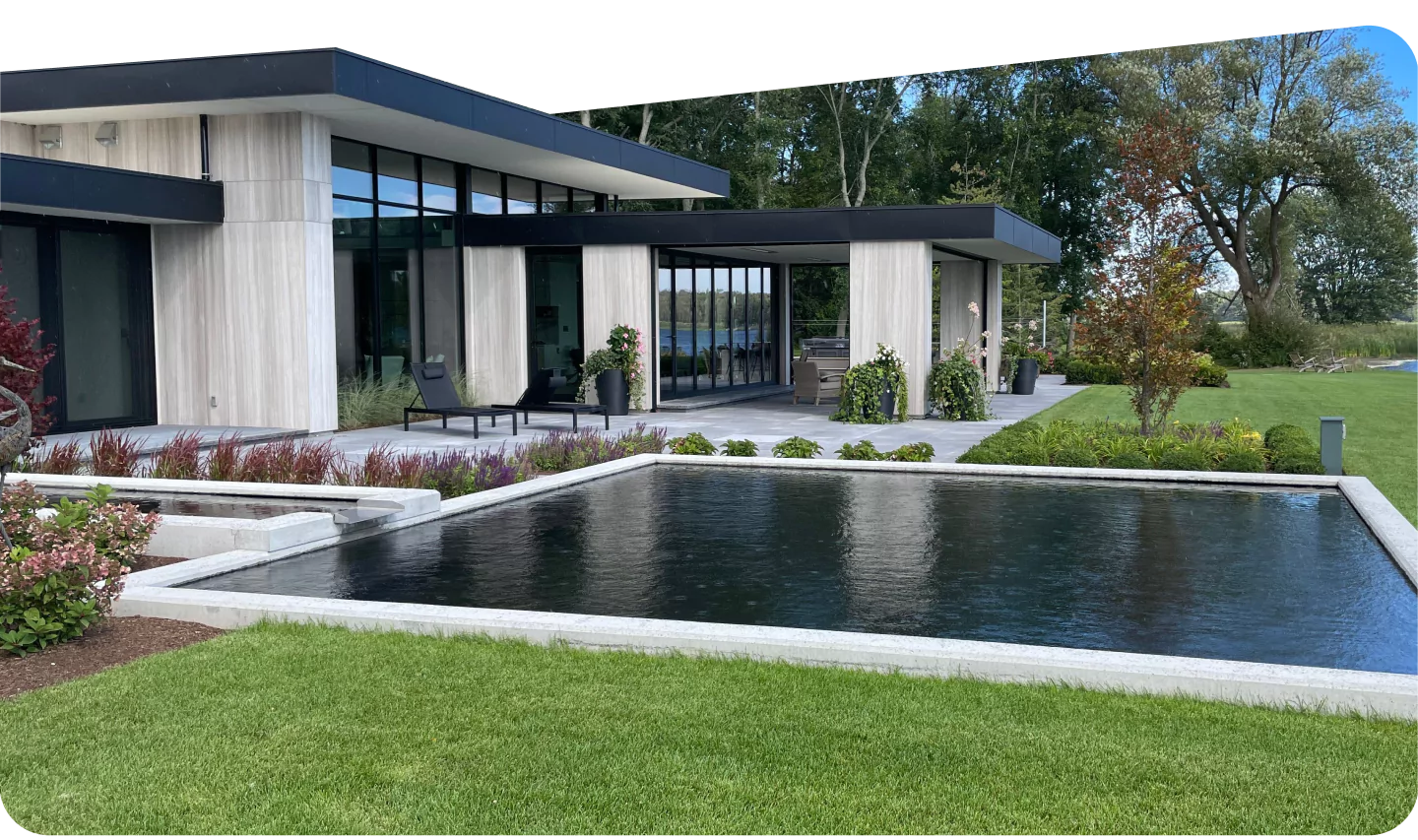
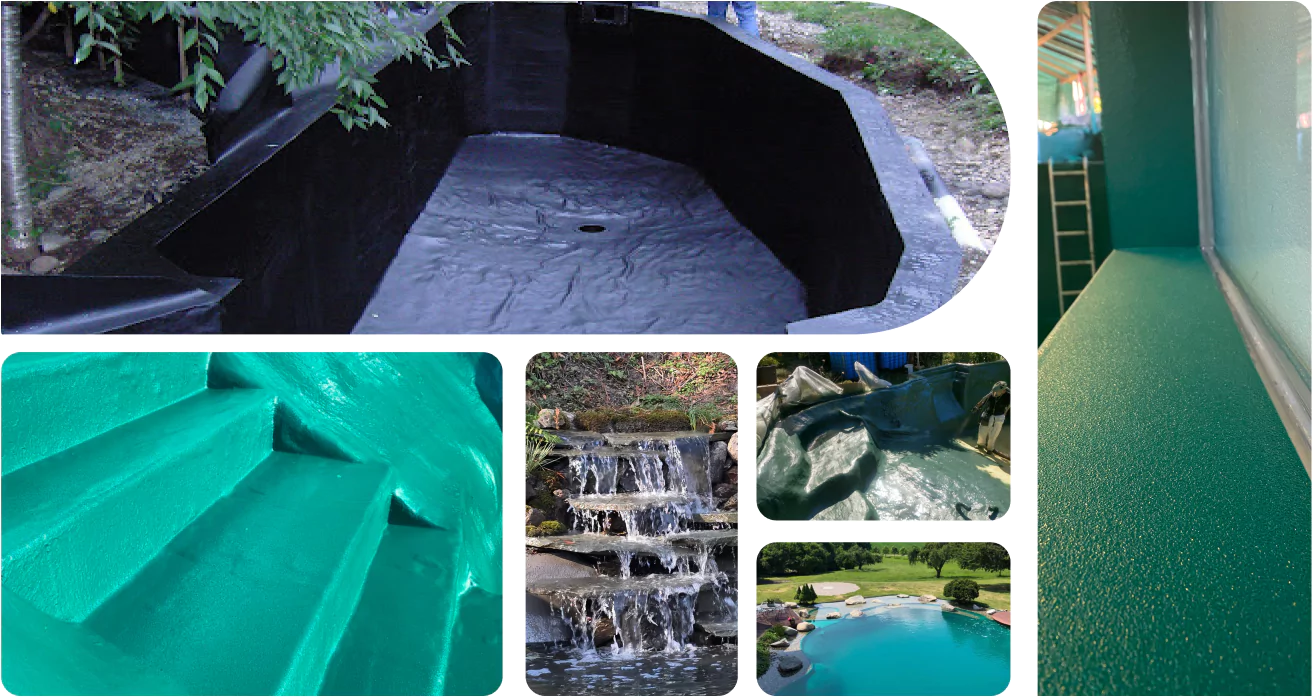
A CRASH COURSE IN KOI POND DESIGN
Let’s start with some specifications. From our experience there are three basic rules of thumb to follow, with the first being to design your koi pond at least 3 feet deep so that fish have plenty of room to swim and cohabitate. Secondly, and in the same vein, we recommend approximately 25 square feet of pond per koi fish it plans to house. And lastly, and not totally irrespective of your koi pond’s dimensions, your koi pond should contain no less than 1000 gallons of water. If you follow these three guidelines your koi will be happy and healthy so you can be too! But there’s something else your koi demand besides adequate space and that’s adequate shade. Water plants are a necessity to afford these shaded underwater spaces and they should cover about 15 – 30% of your pond’s surface. More than just shading, water plants also support a healthy ecosystem and can provide a source of food and filtration depending on the chosen plant species.
But our final recommendation is perhaps the most important – use small rocks in your koi pond’s design. Why is this so important? Well beneath the rocks, pockets of hydrogen can form and initially lay dormant. With time, these pockets can grow to the point of bursting, and trust us, that would not be good for the fish. You can avoid this problem in the first place by opting for smaller rocks that are light enough to prevent the formation of these dangerous pockets of gas. But if you already know a thing or two about koi ponds, then you might be wondering how to hold down the liner, or the material used to keep pond water from escaping into your home or garden that’s often held in place with larger rocks and debris. The answer is polyurea koi ponds.
POLYUREA KOI PONDS
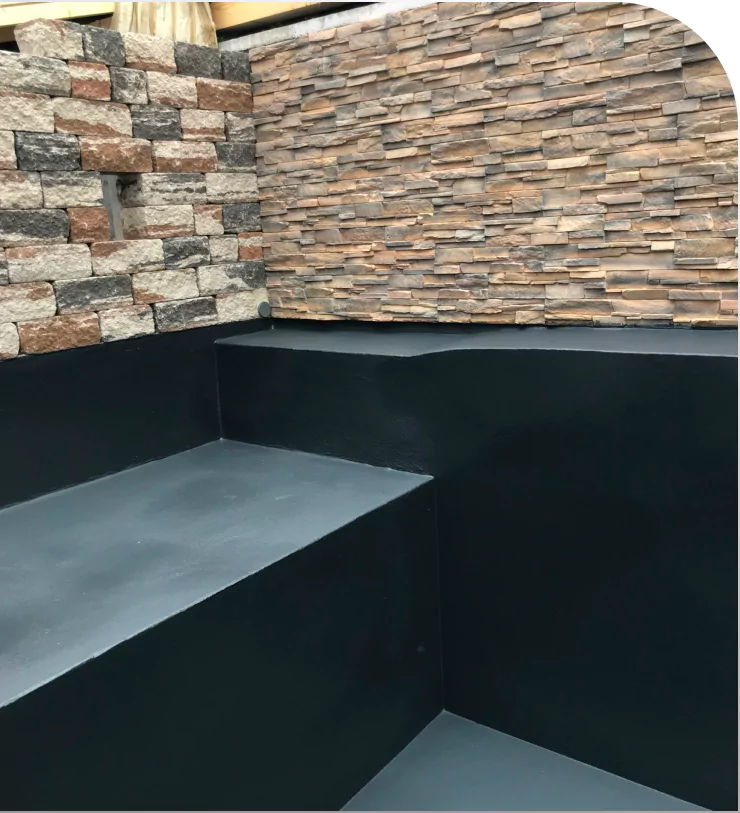
FREQUENTLY ASKED QUESTIONS
Koi ponds are like any other water feature in that they can be small or large, intricate or complex, and these factors are reflected in the price. Small koi ponds can cost as little as a few thousand dollars but larger installations can easily exceed five figures, but in either case, polyurea koi ponds can help save money to make it less expensive on the whole.
Polyurea koi ponds are but one type of water feature that specifies the material used to construct the liner. You don’t need to employ polyurea for a successful koi pond, but it’s widely considered the superior solution for koi pond liners because it’s safer for fish, cost-effective in the long term, an exceptional waterproofing material, and easier to maintain than traditional methods.
Polyurea is safe for koi fish, just like it’s safe for people. Polyurea poses no chronic or acute health and safety risks after curing thanks to its 100% solid composition and exclusion of solvents and volatile organic chemicals (VOCs). Polyurea is actually so safe that it can be formulated for potable water storage and other food-safe applications.
latest news & bLOGS
SWIM AGAINST THE CURRENT WITH ARMORTHANE
SWIM AGAINST THE CURRENT
WITH ARMORTHANE
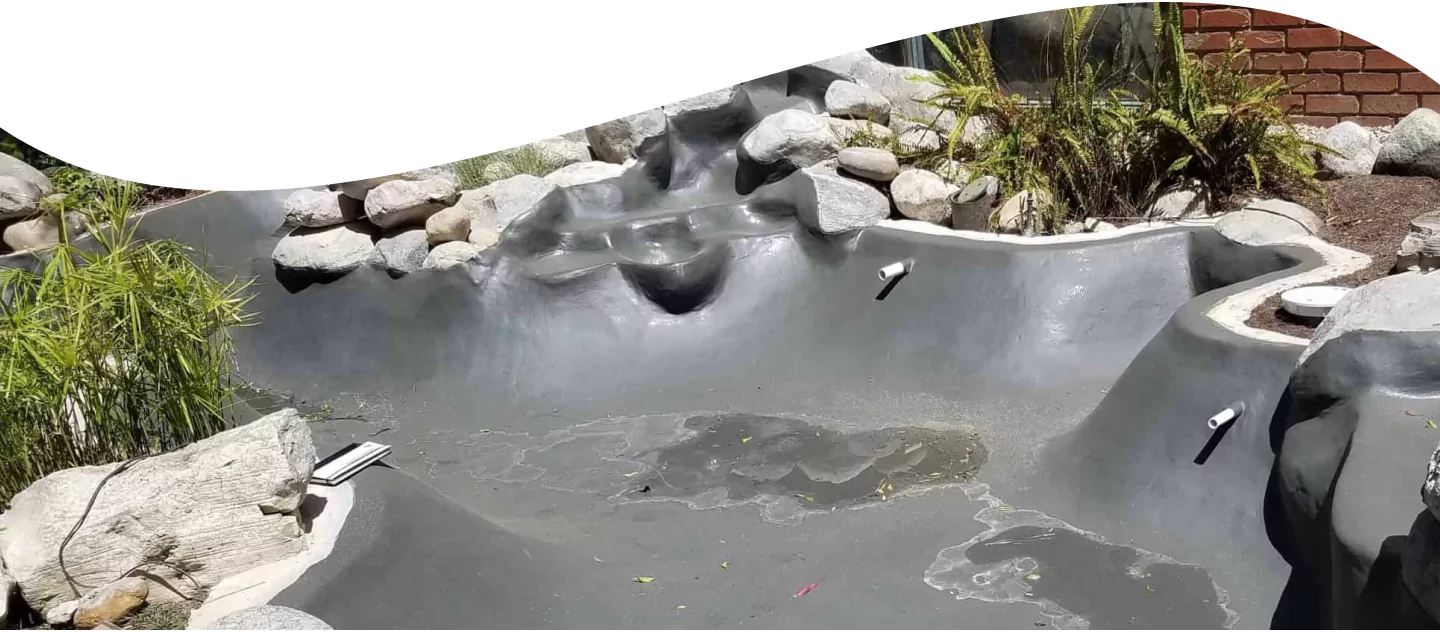
CONTACT US
REQUEST A QUOTE OR
BECOME AN APPLICATOR

Phone Number
Tel: 417.831.5090

Email Us
moreinfo@armorthane.com

